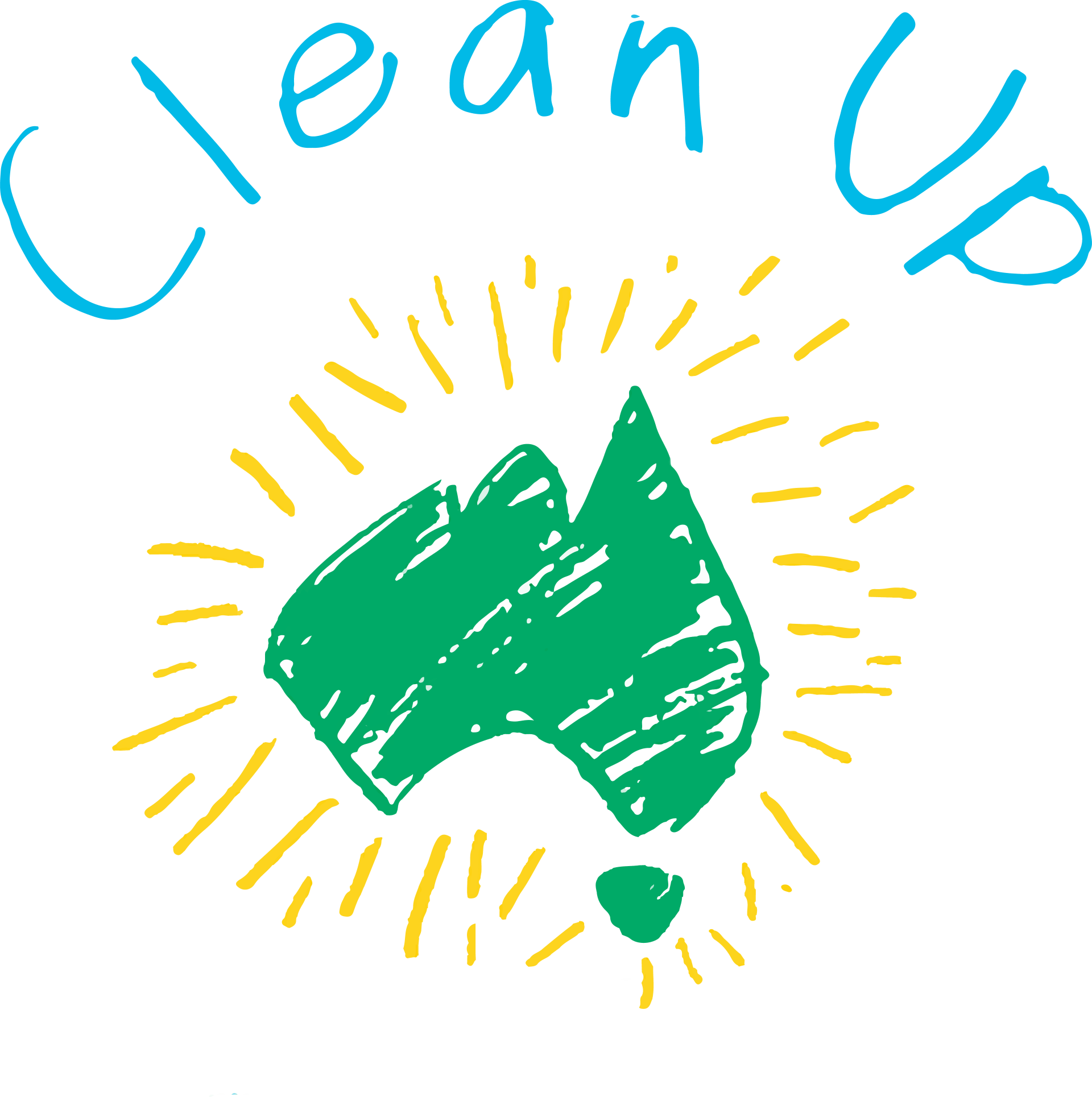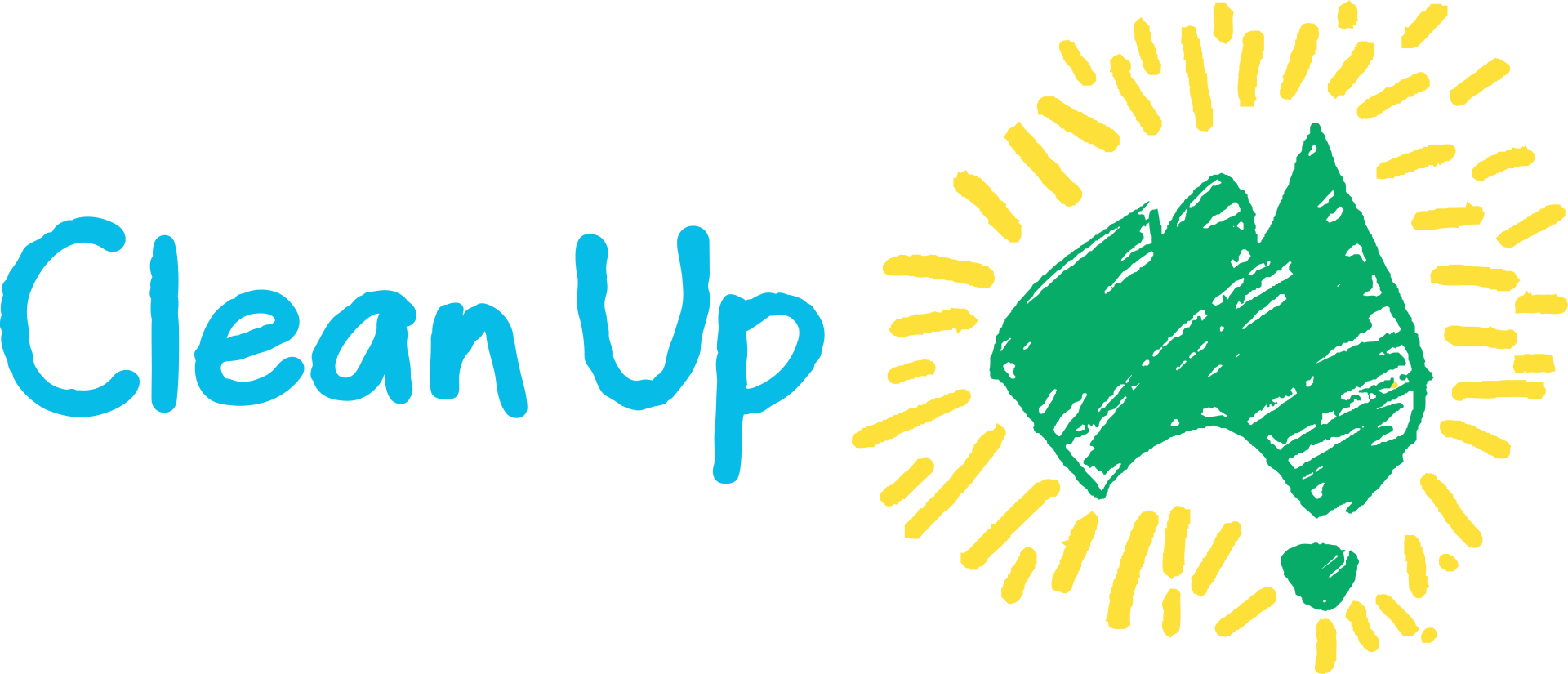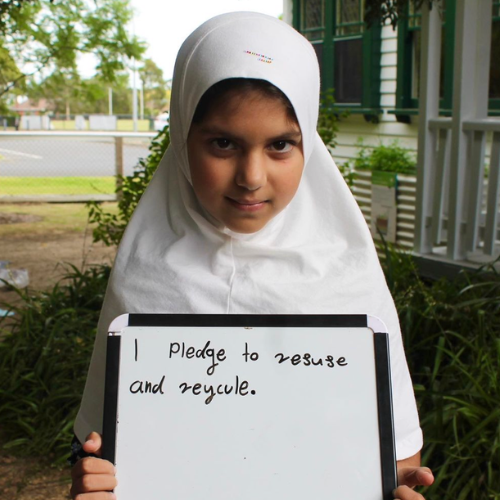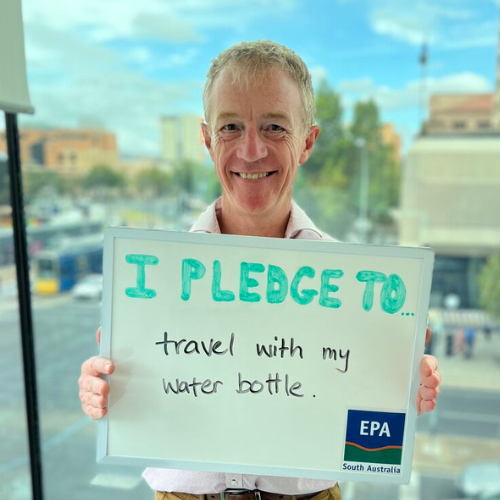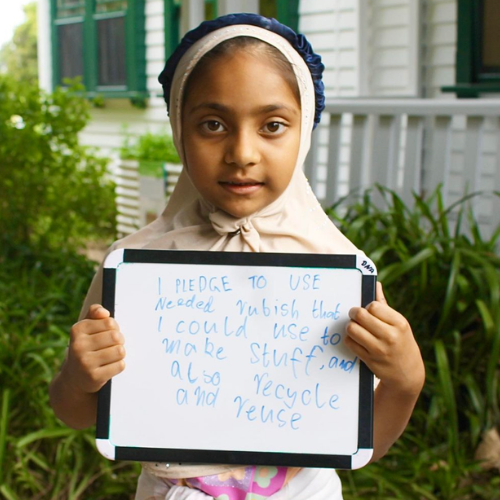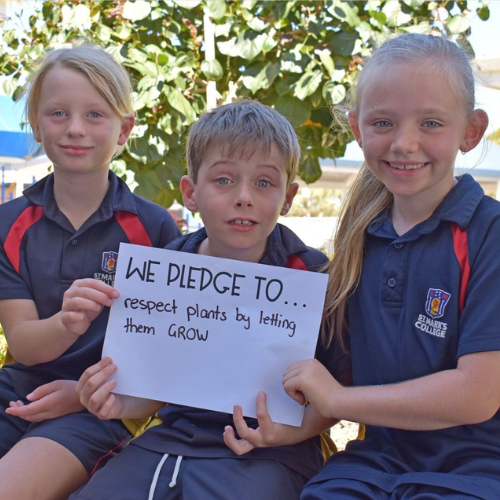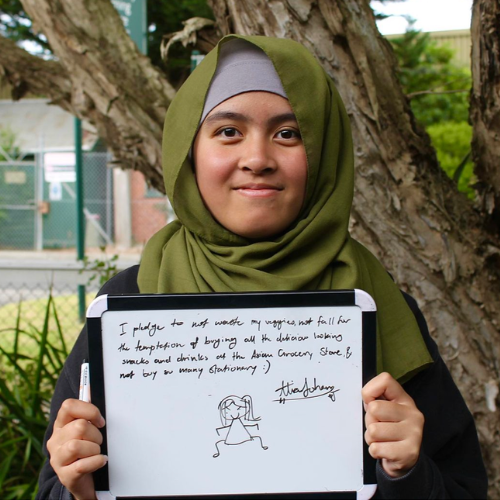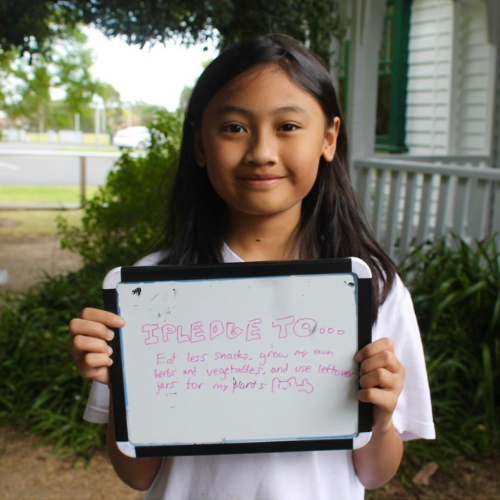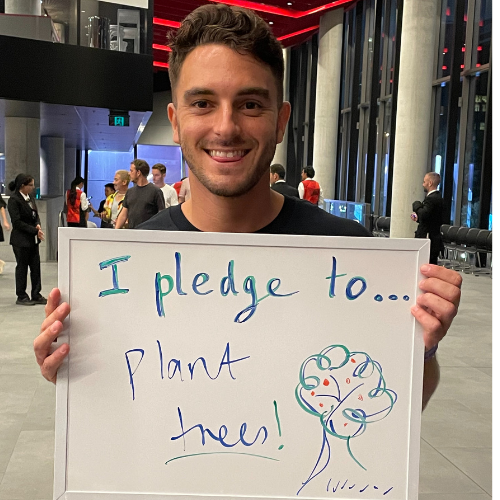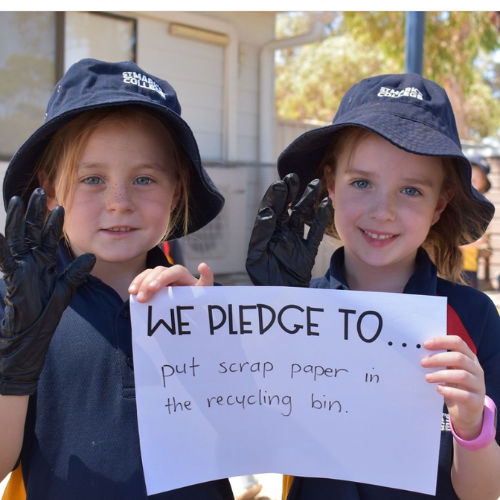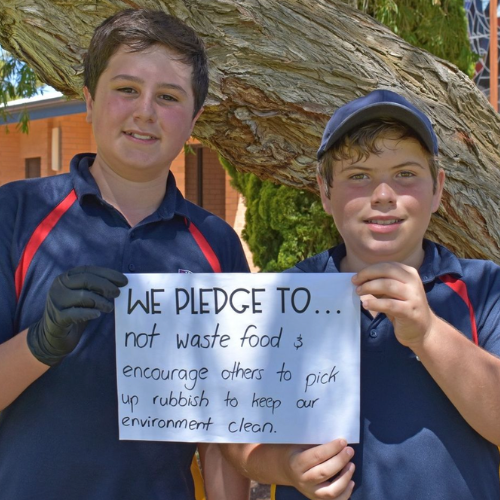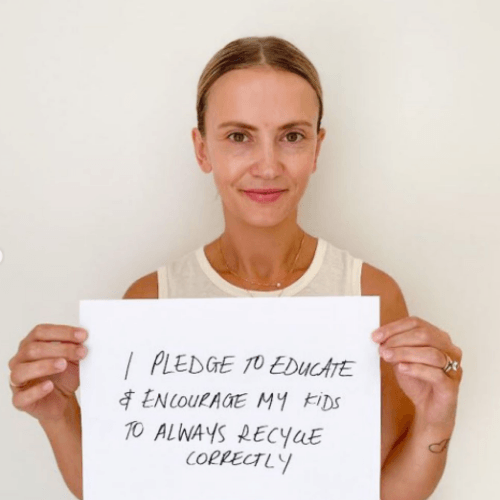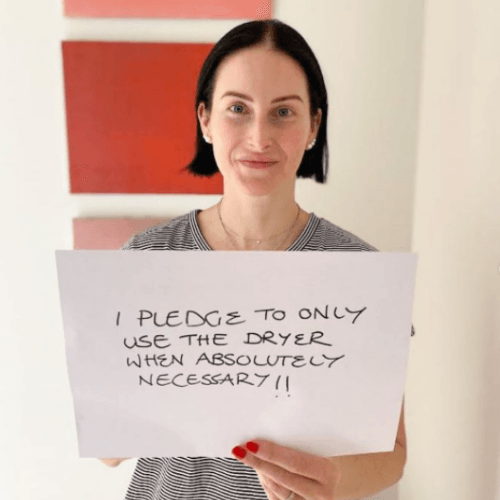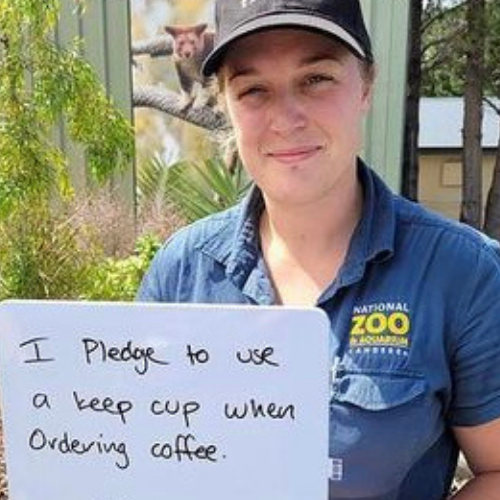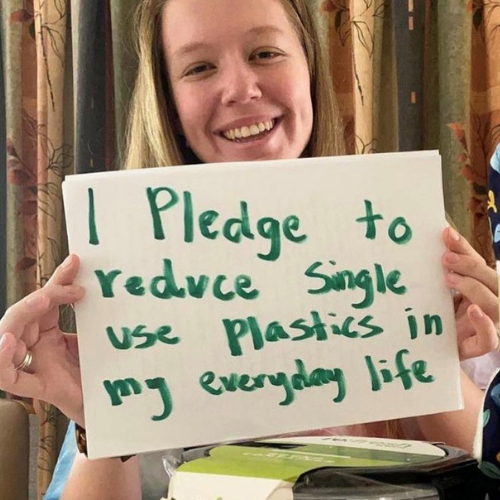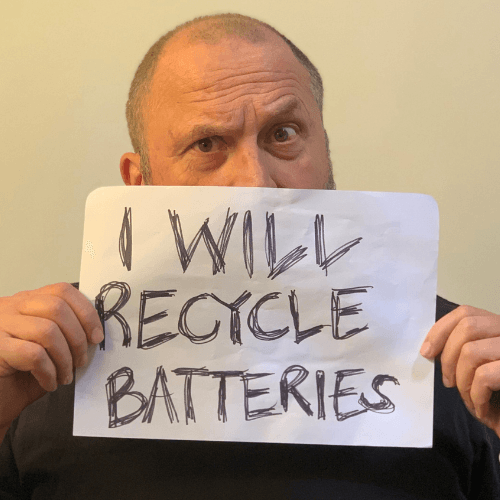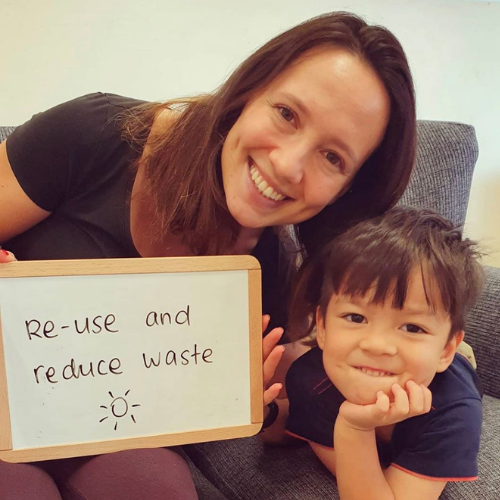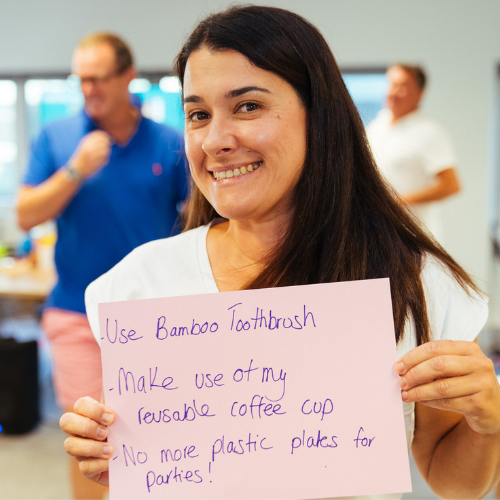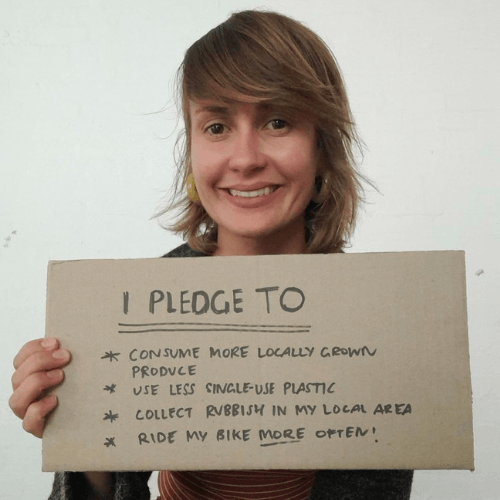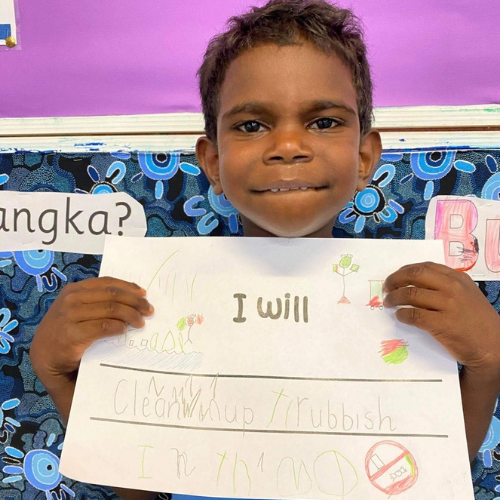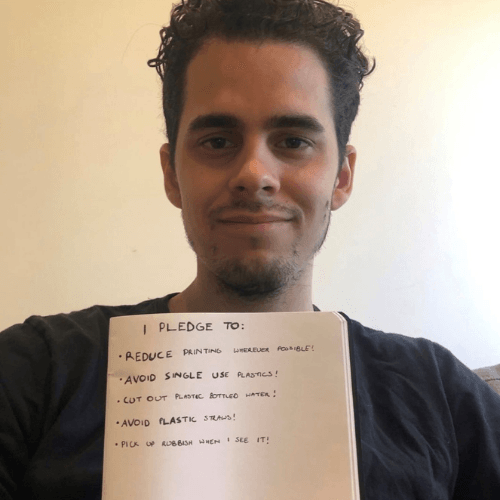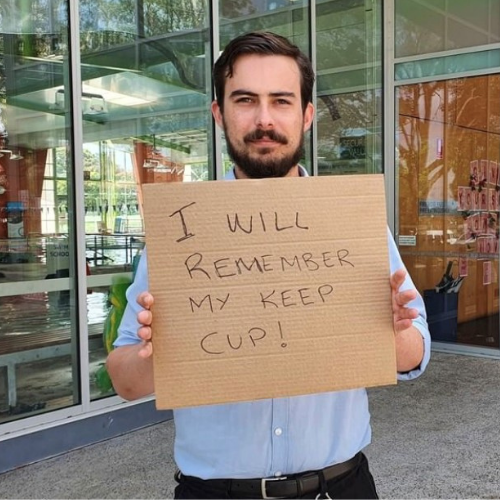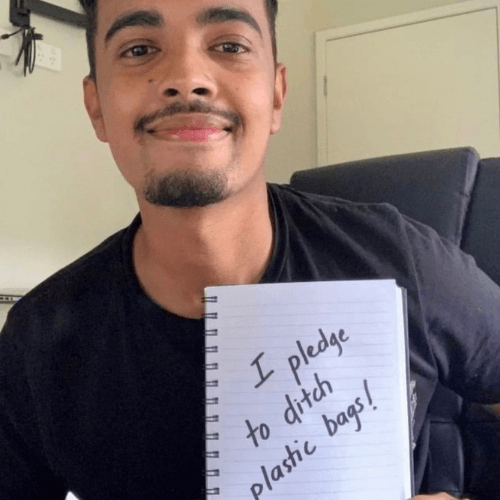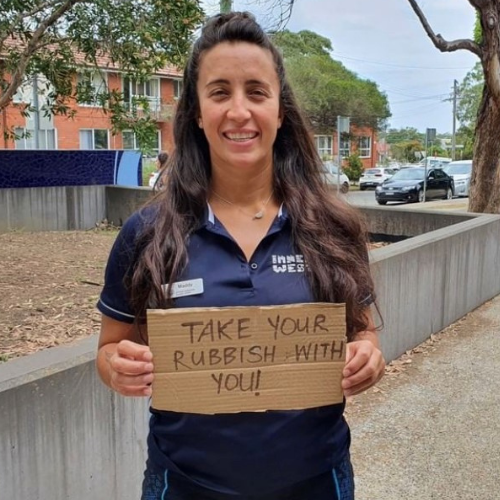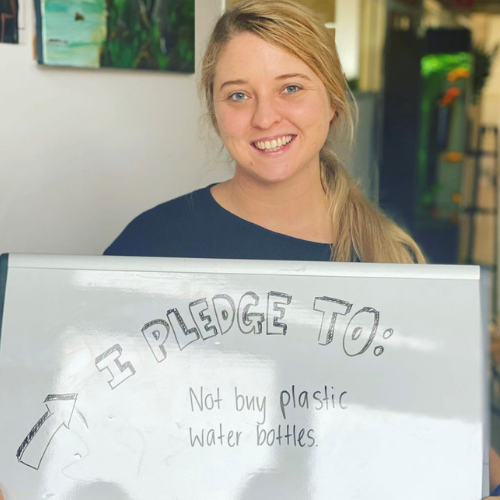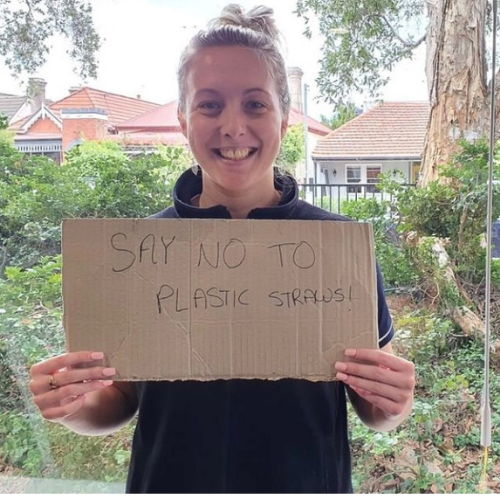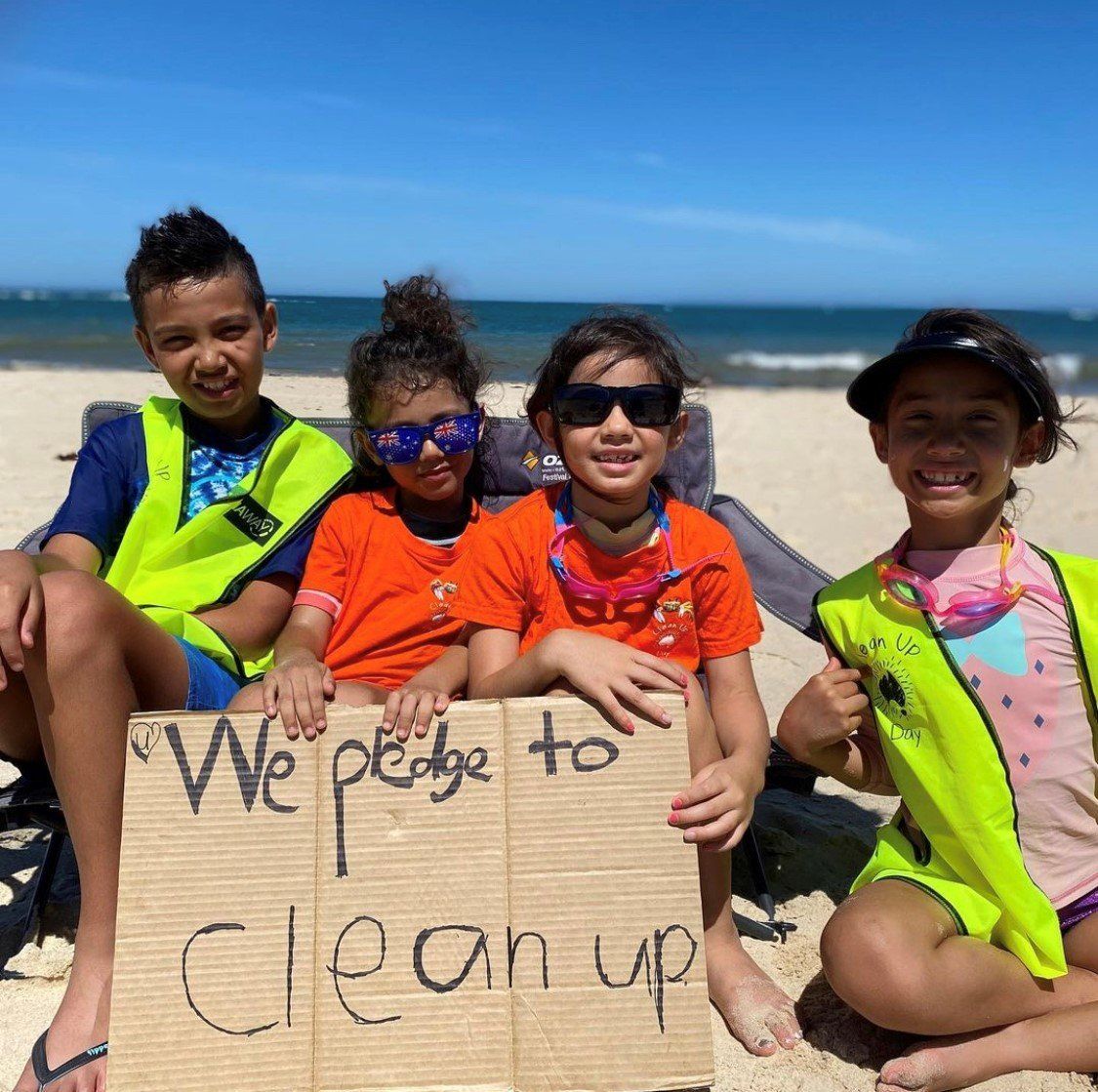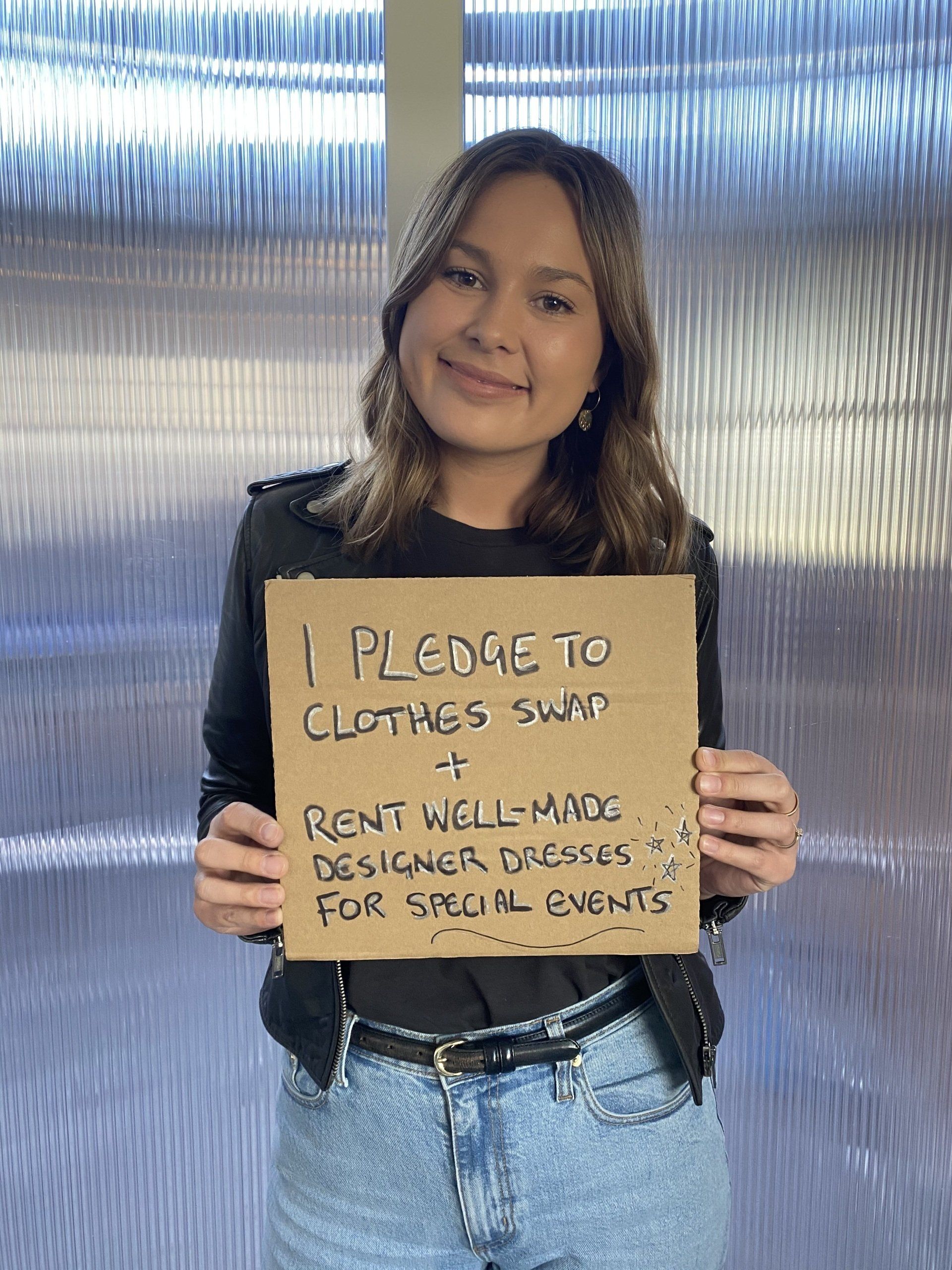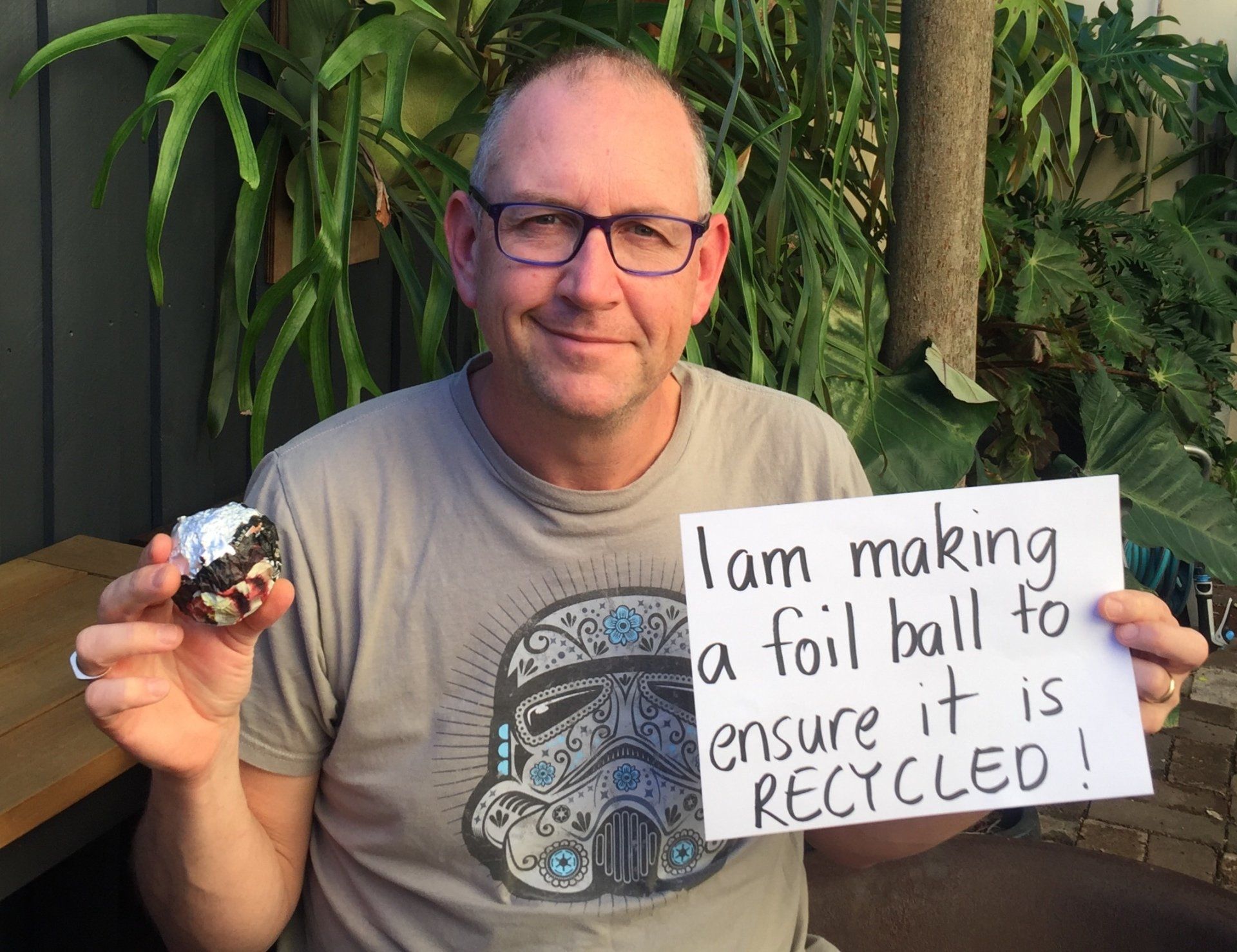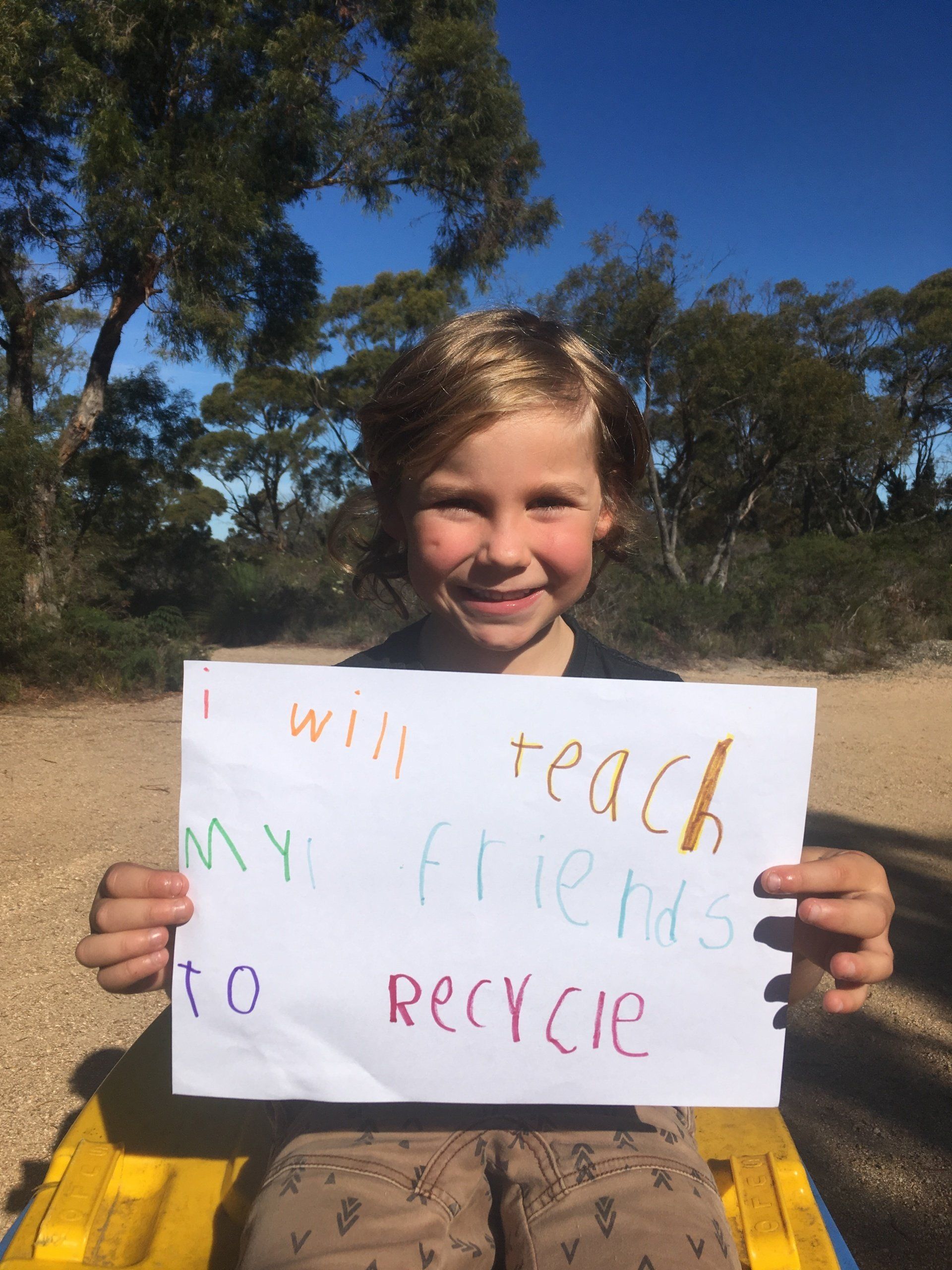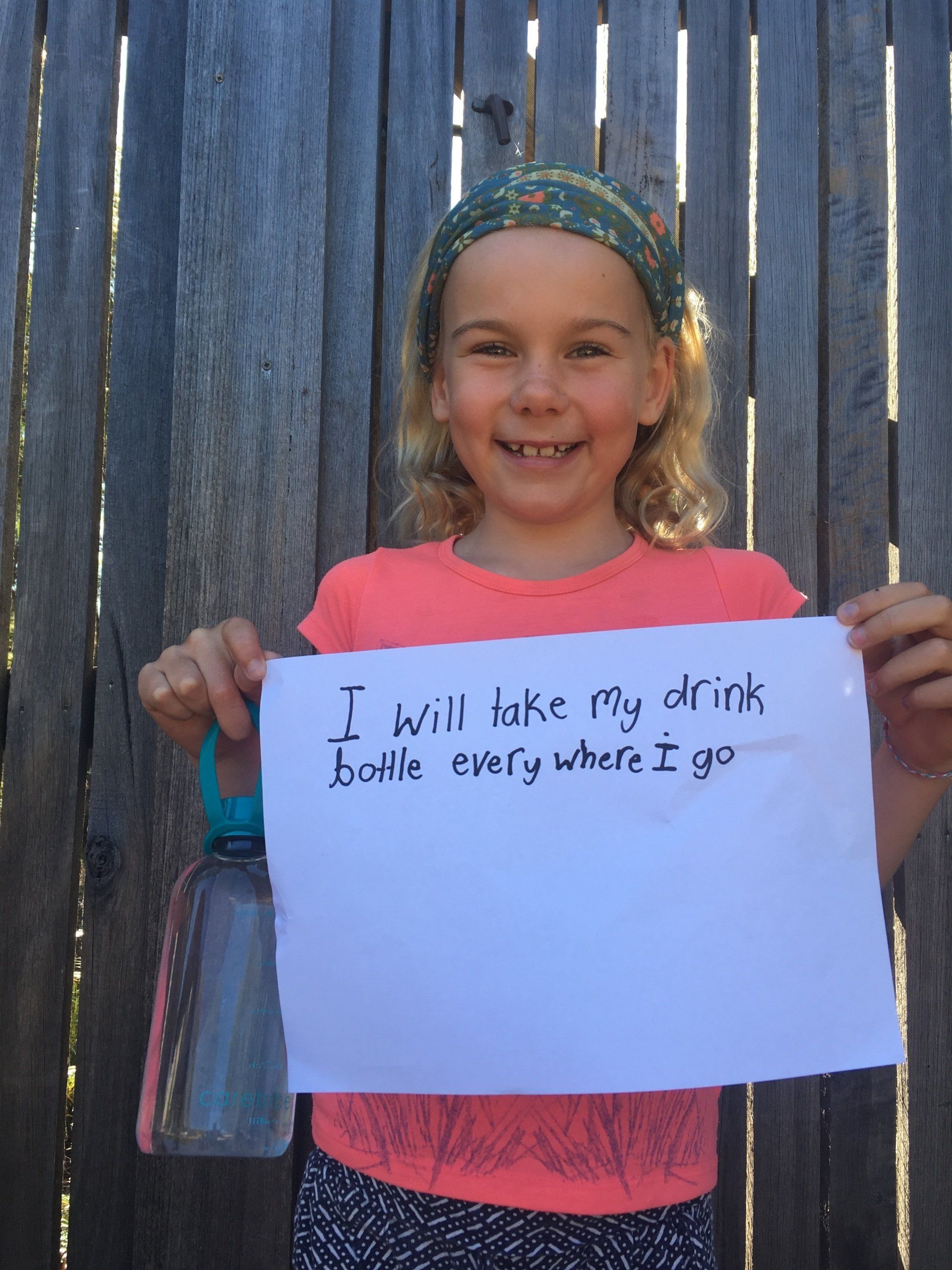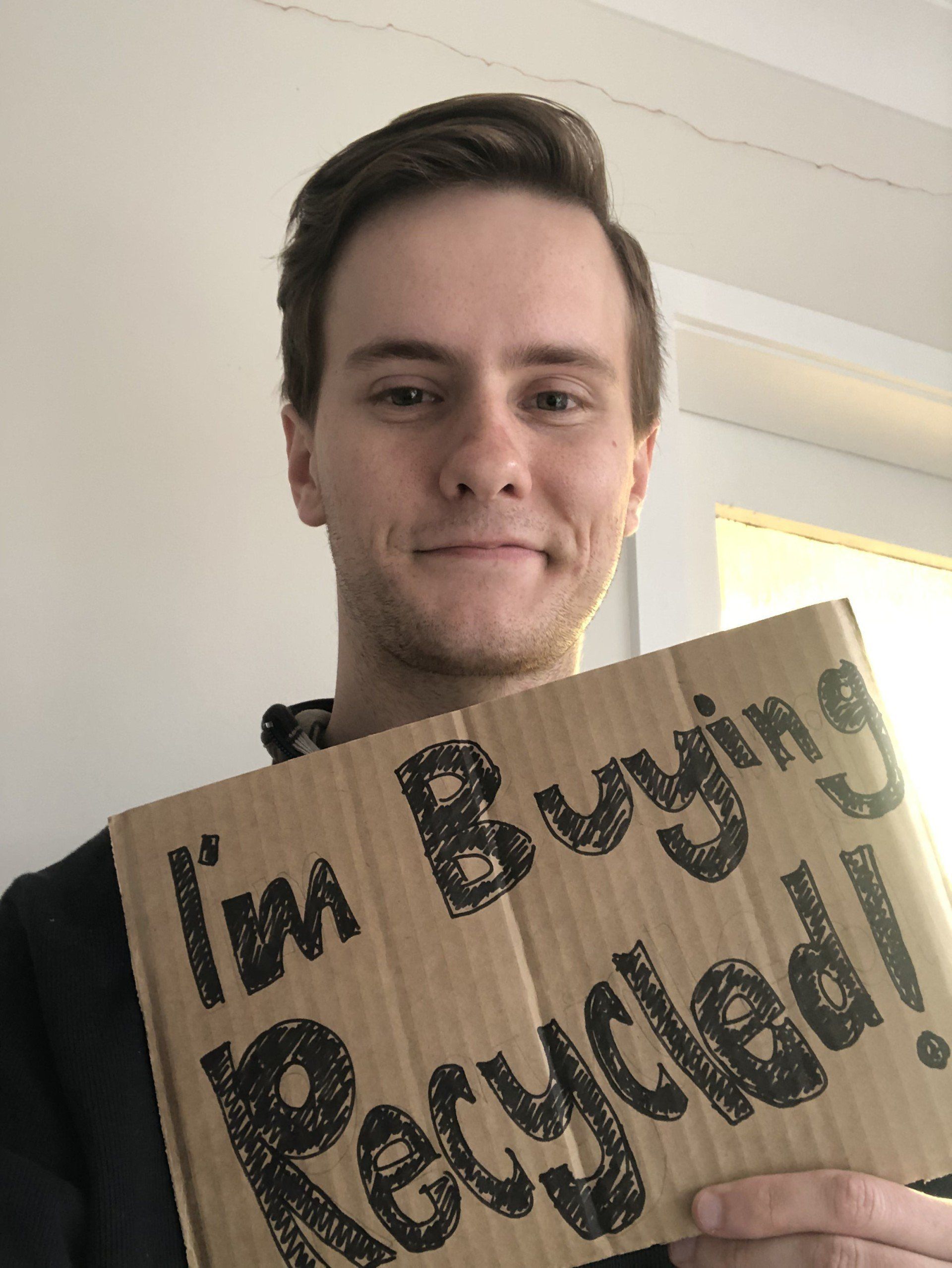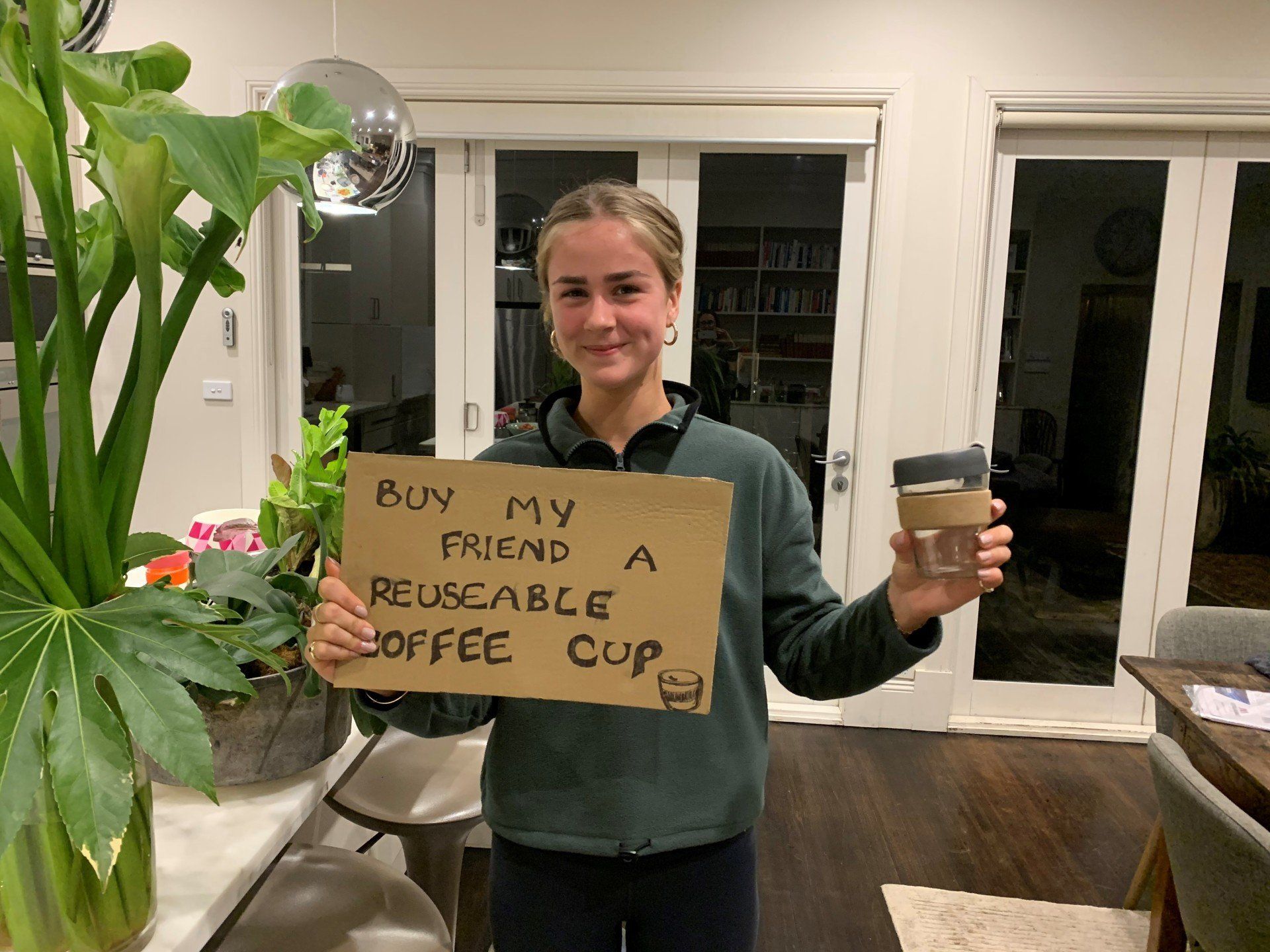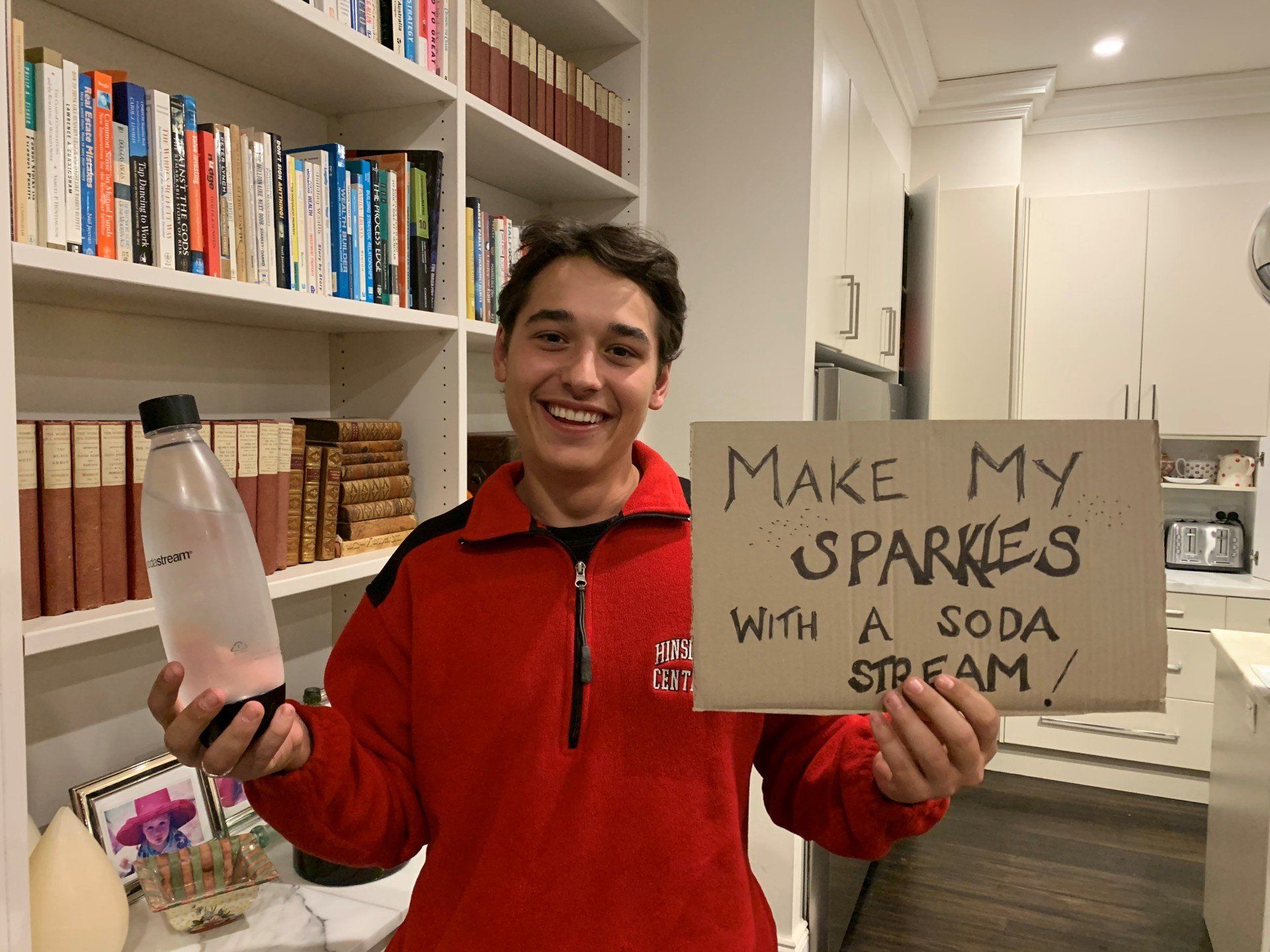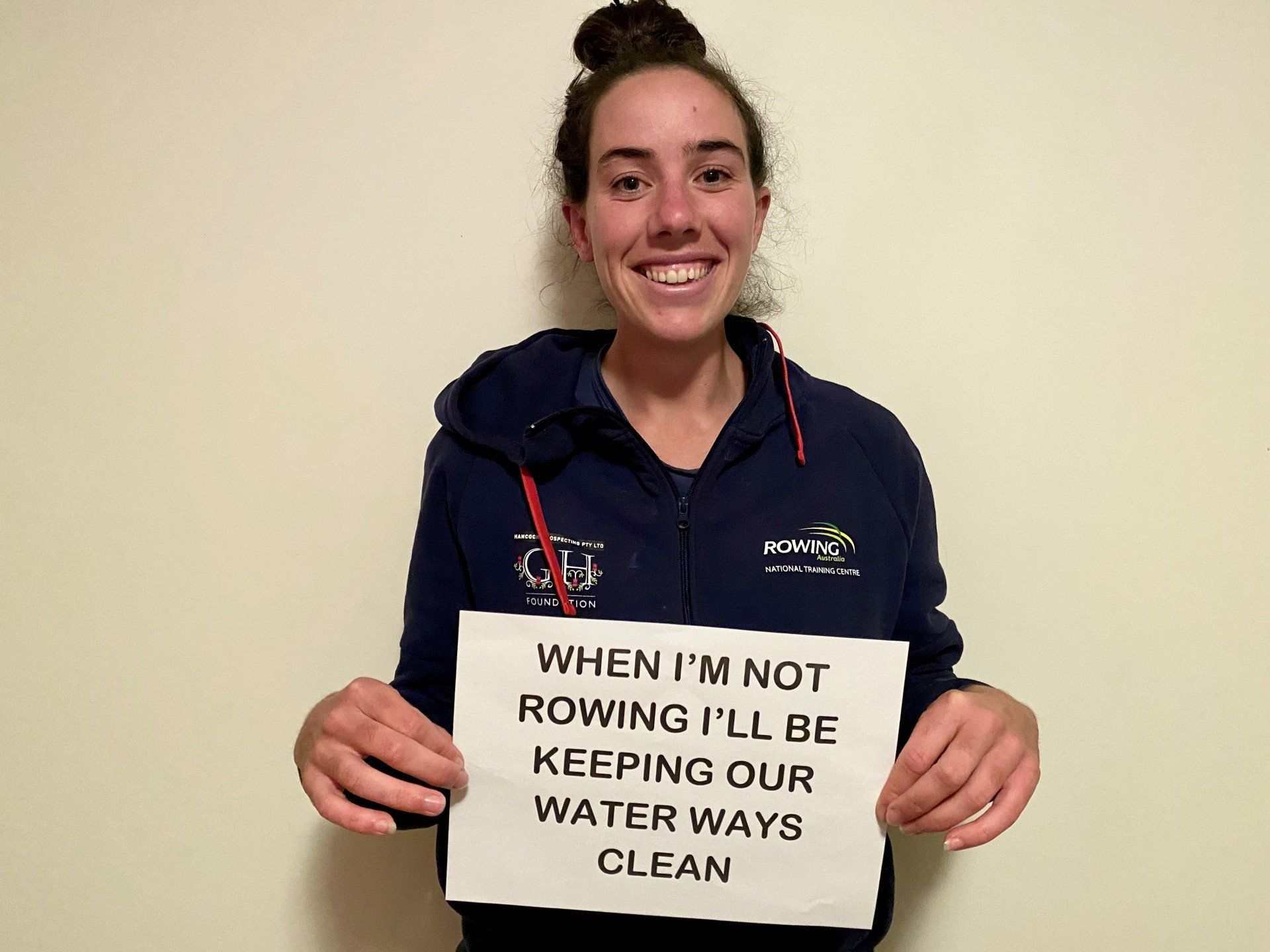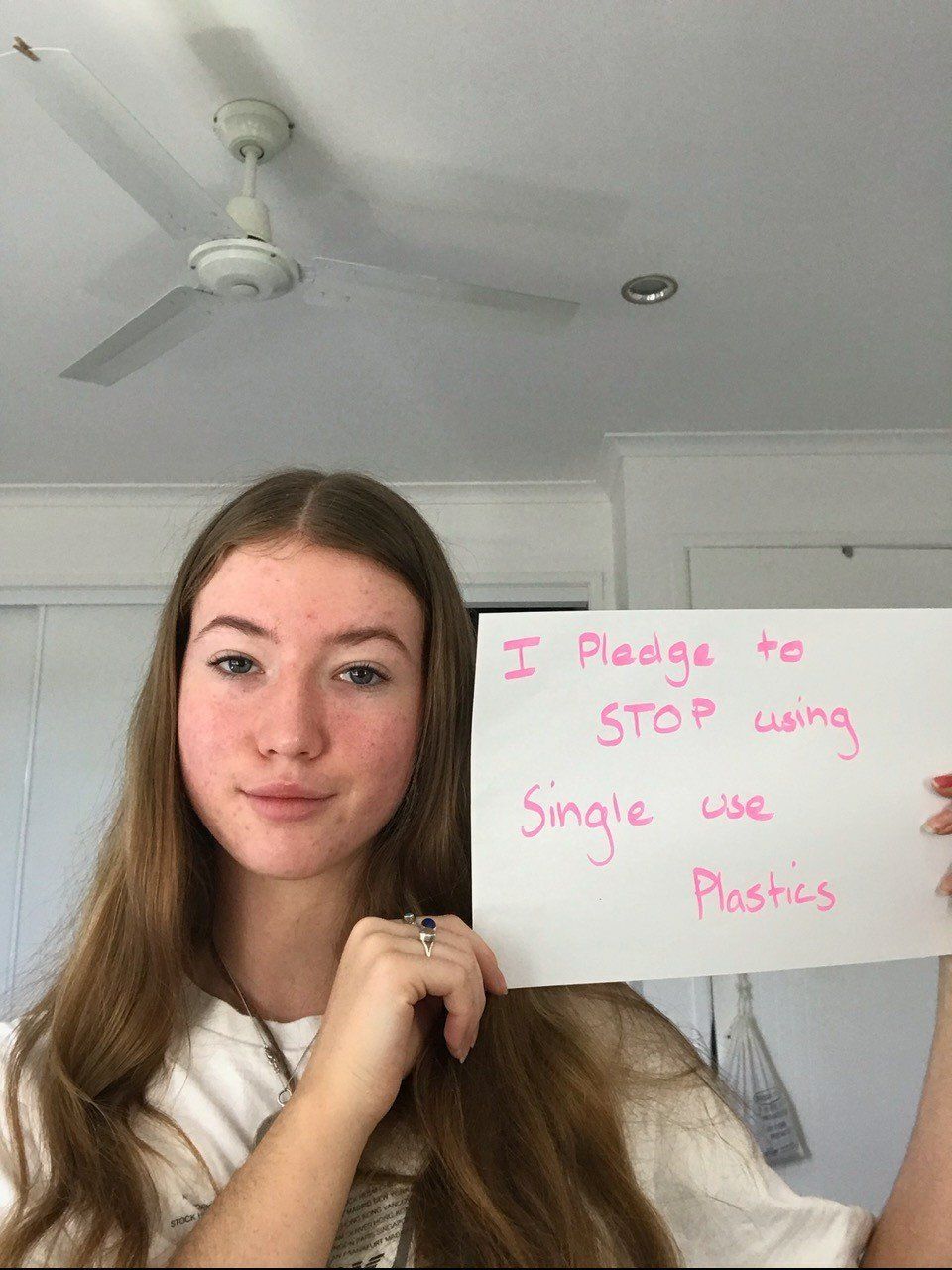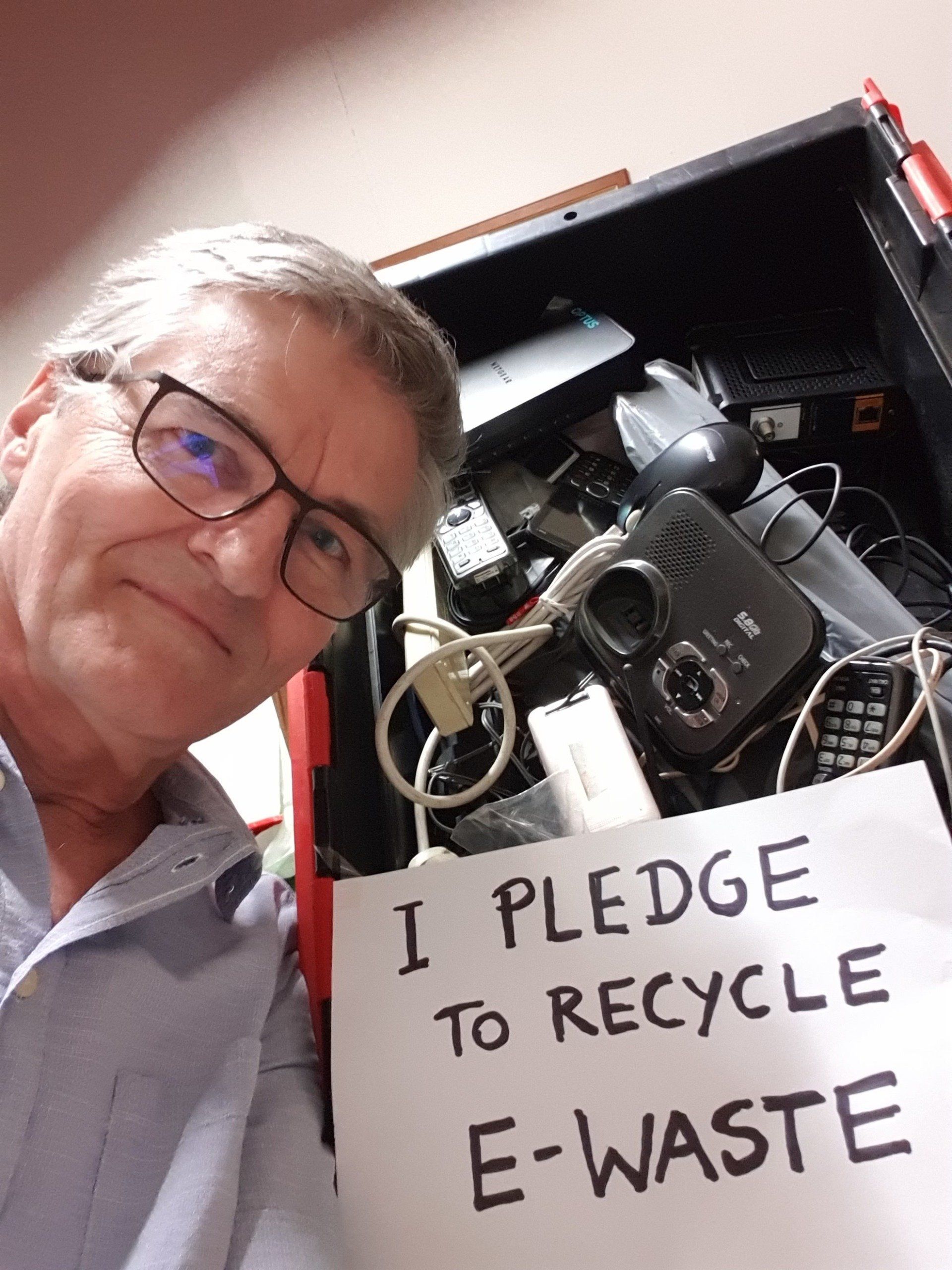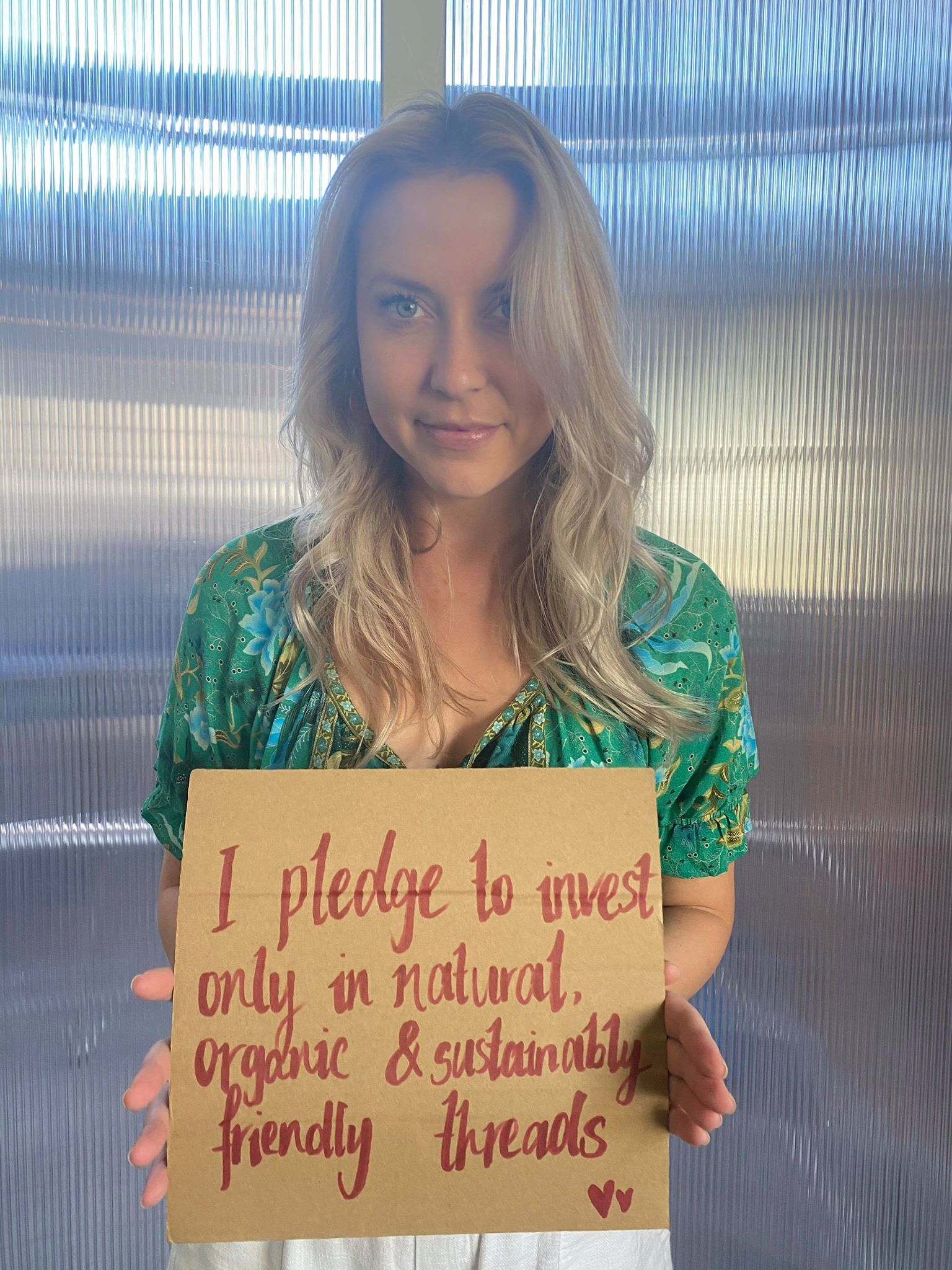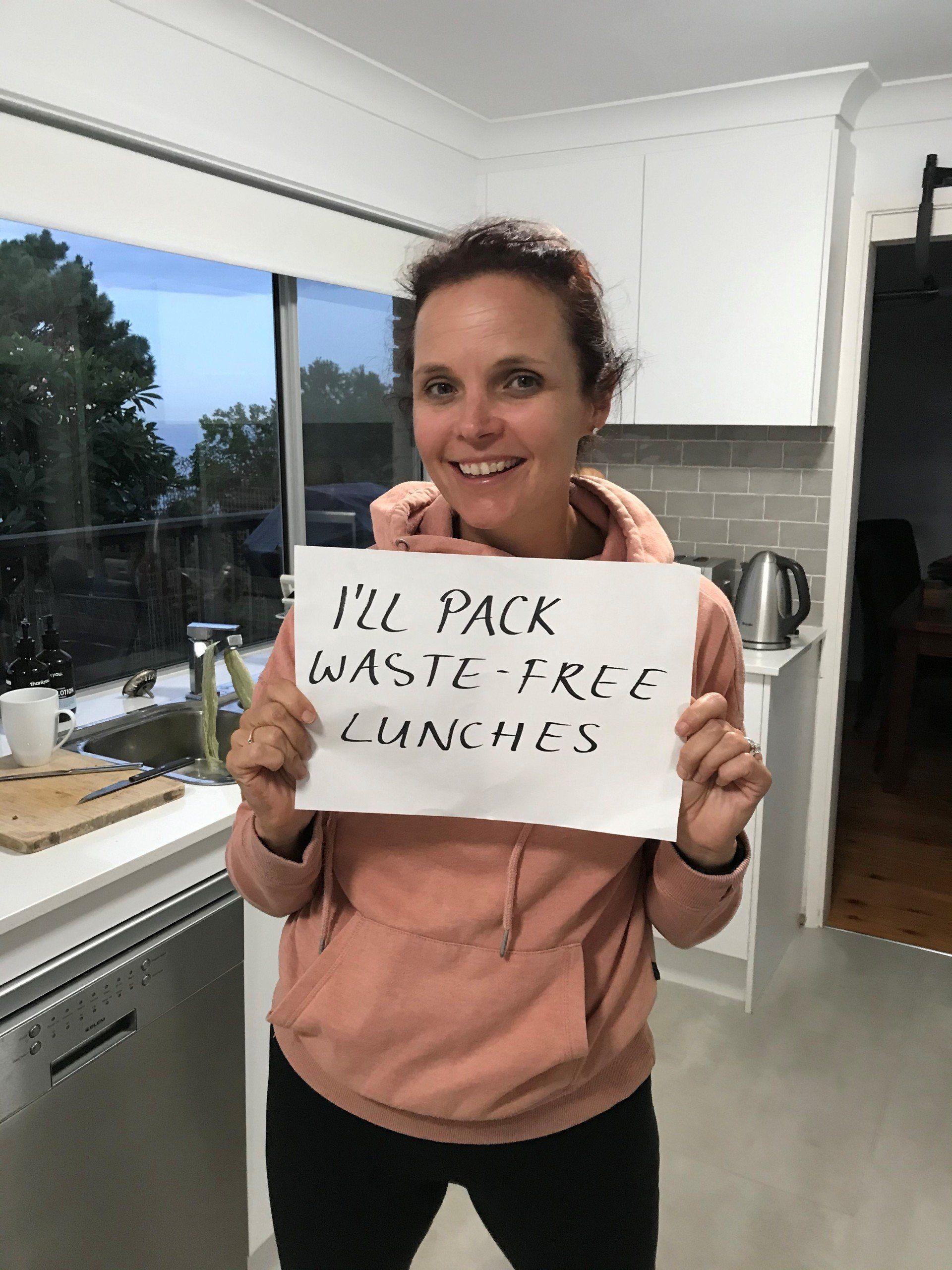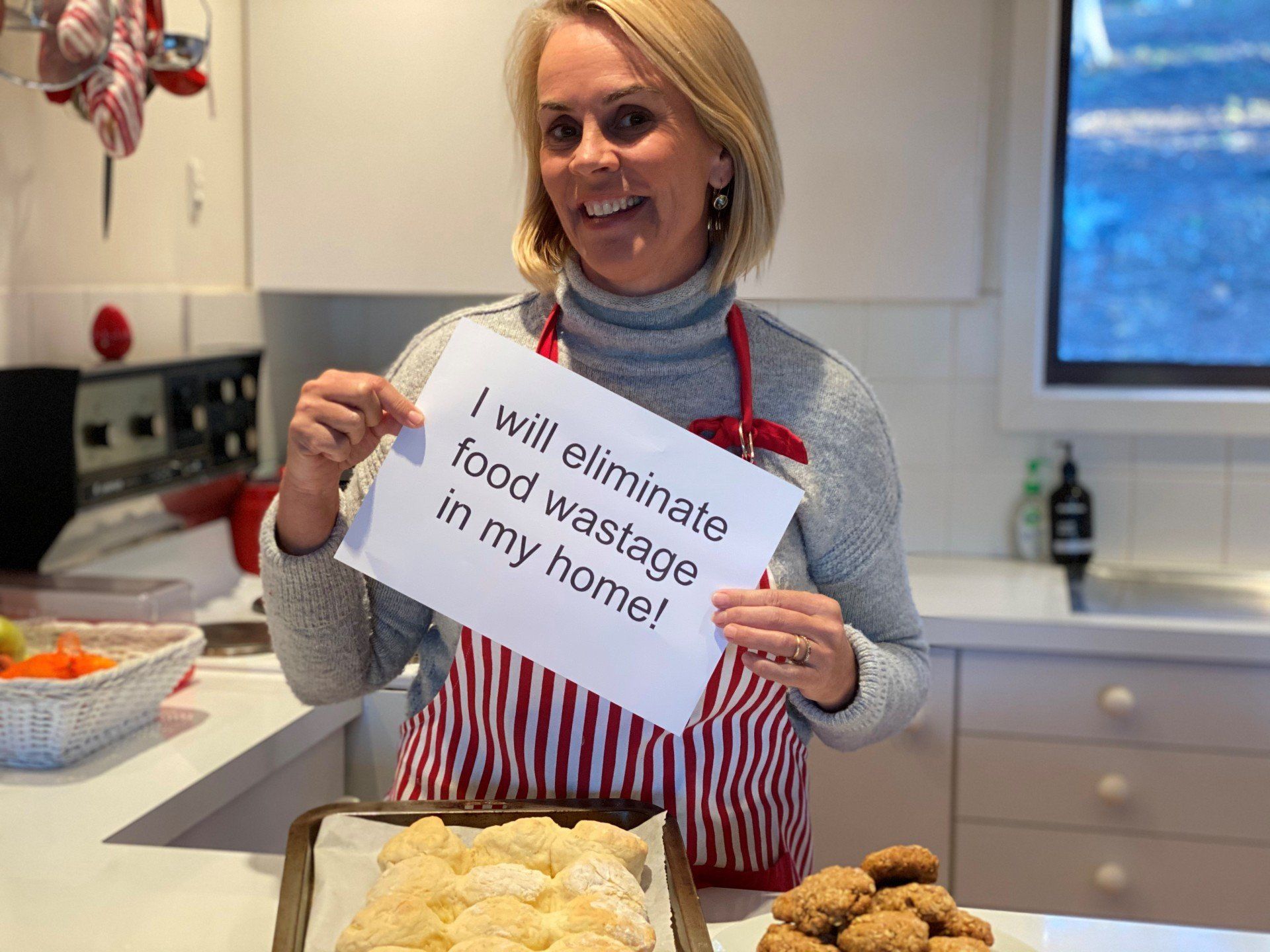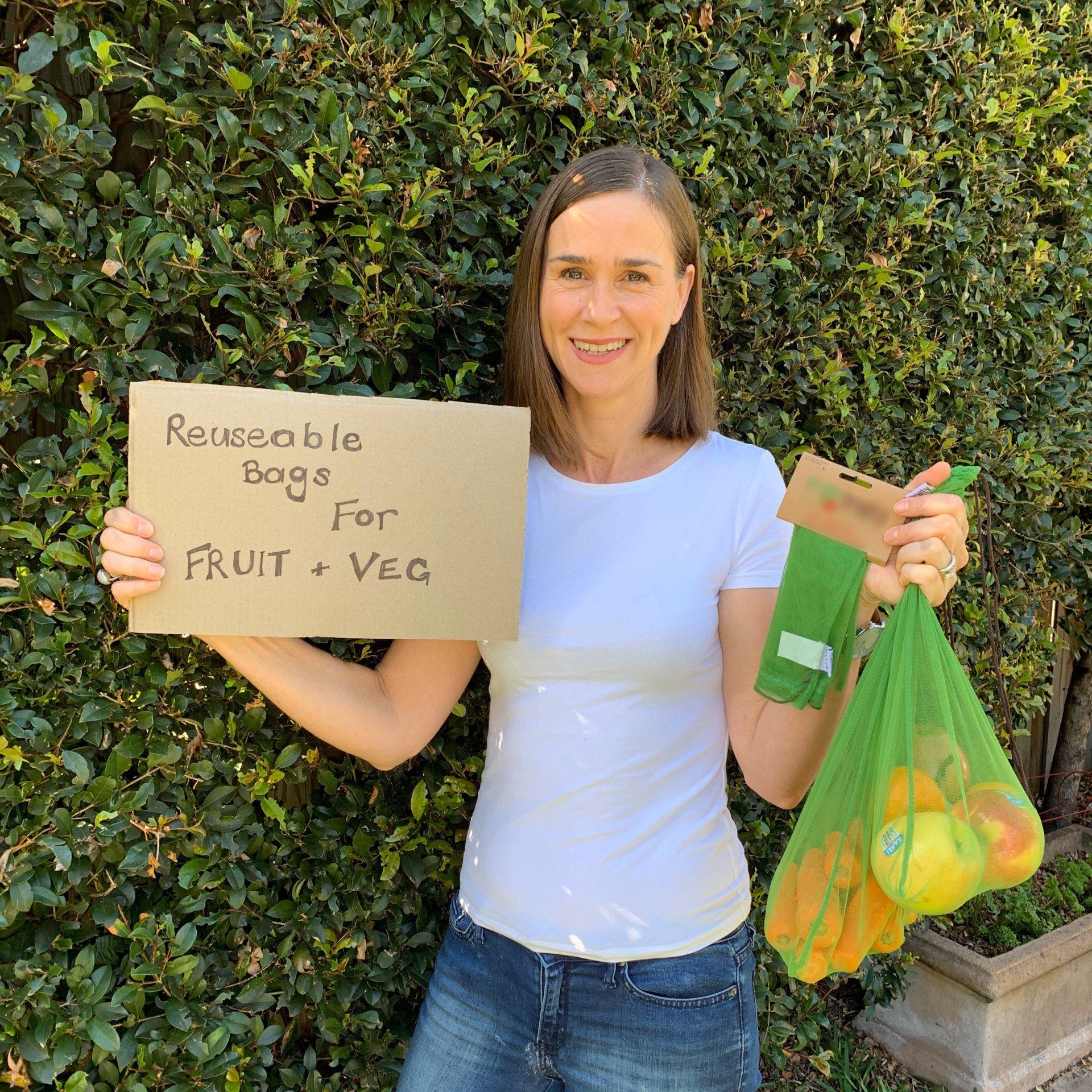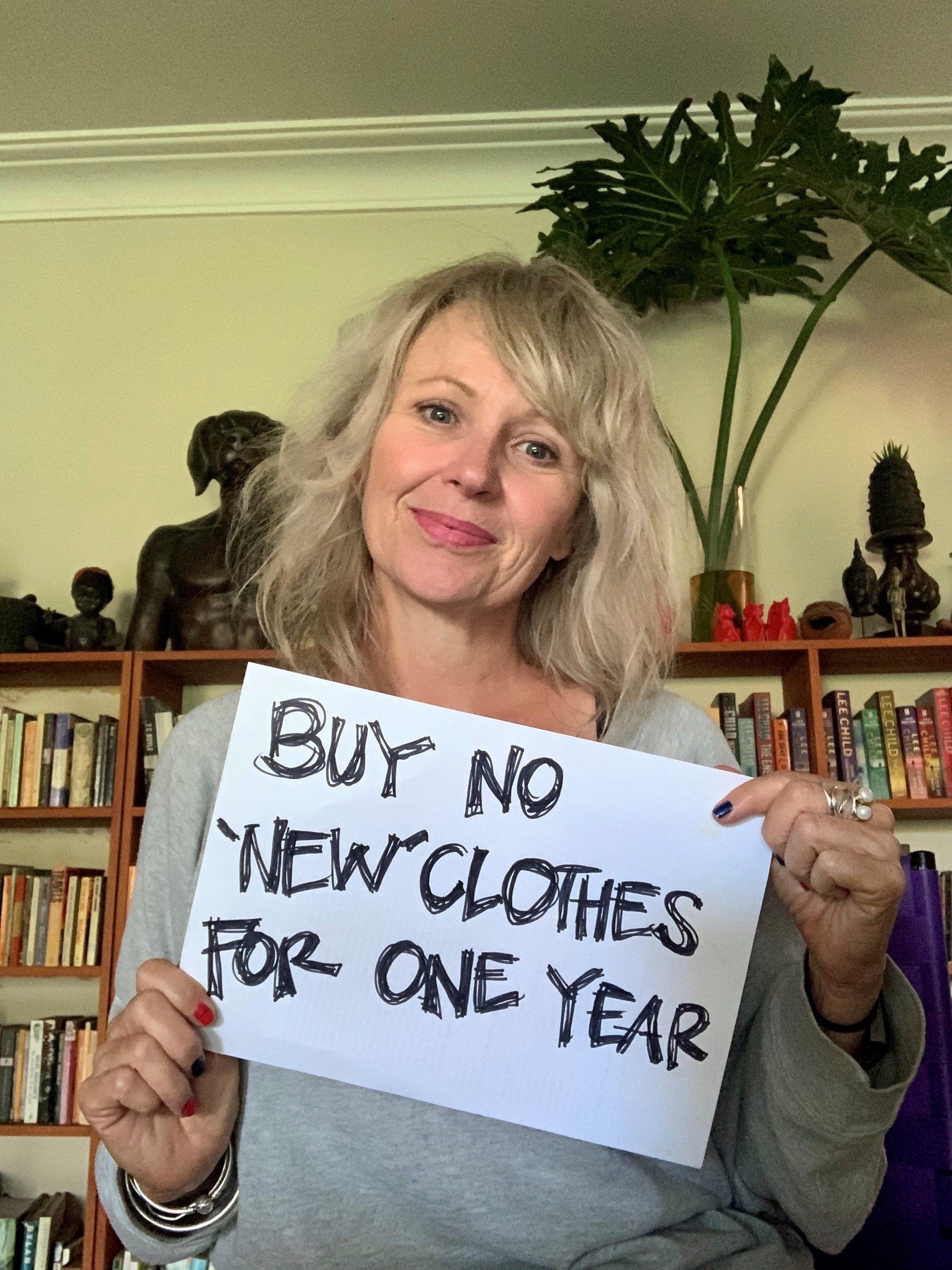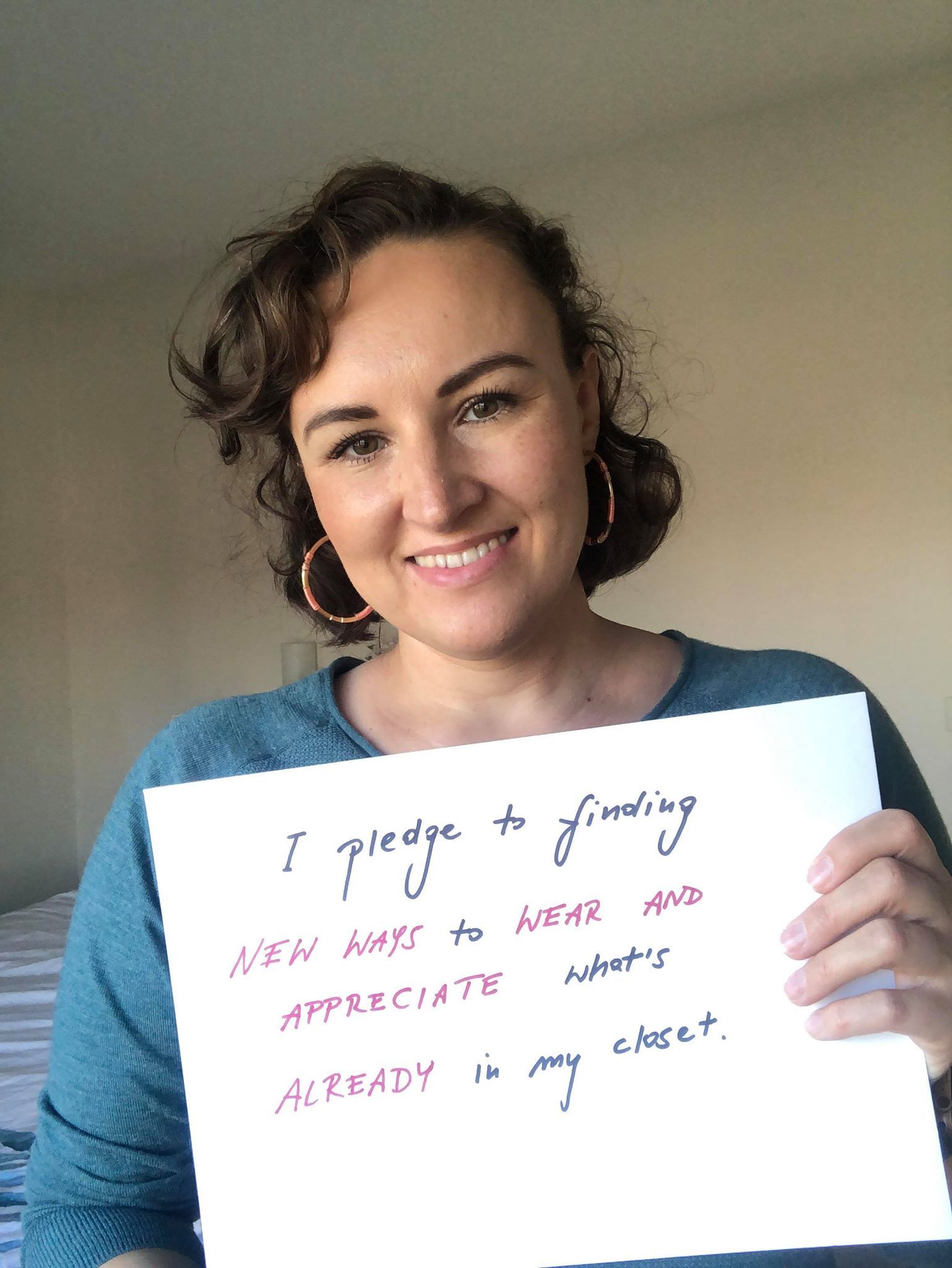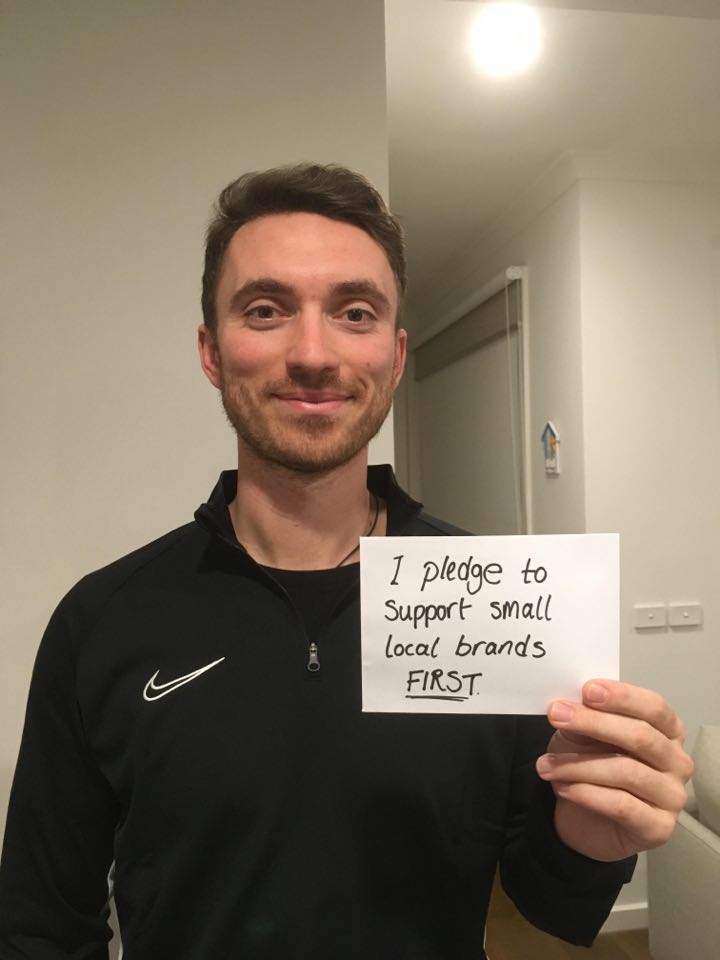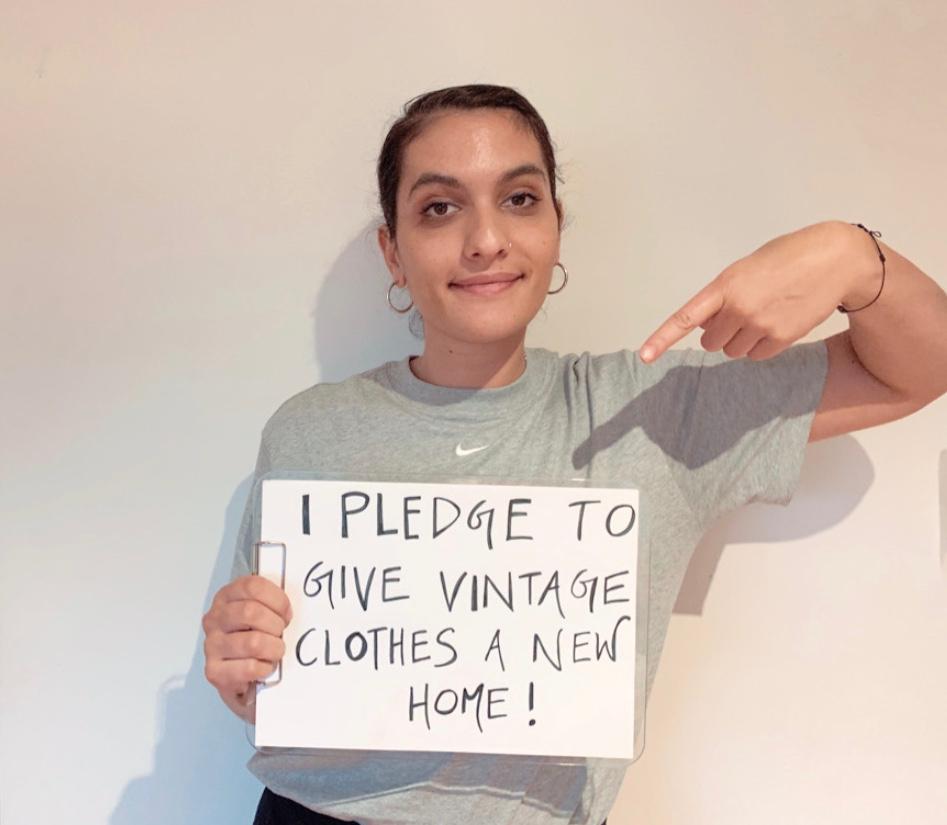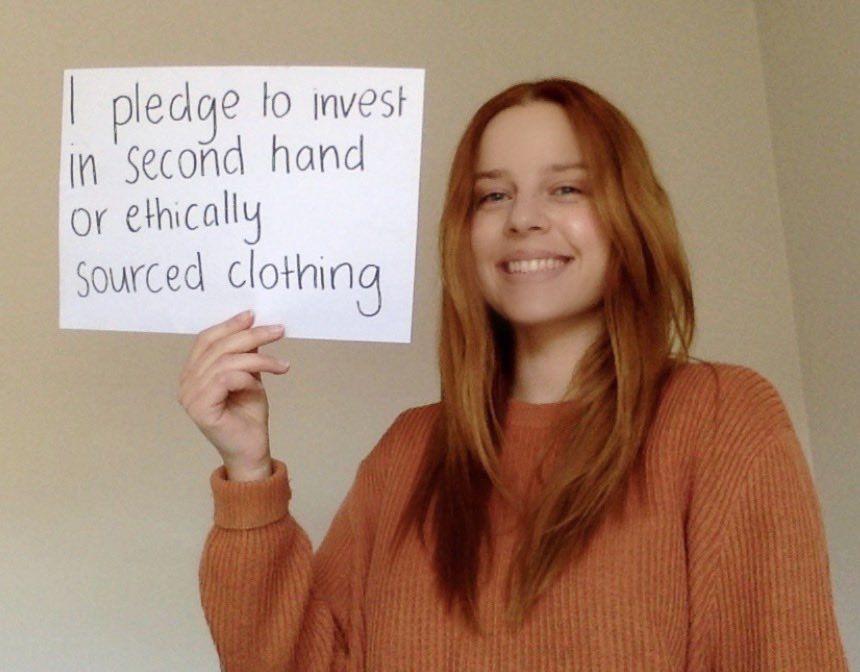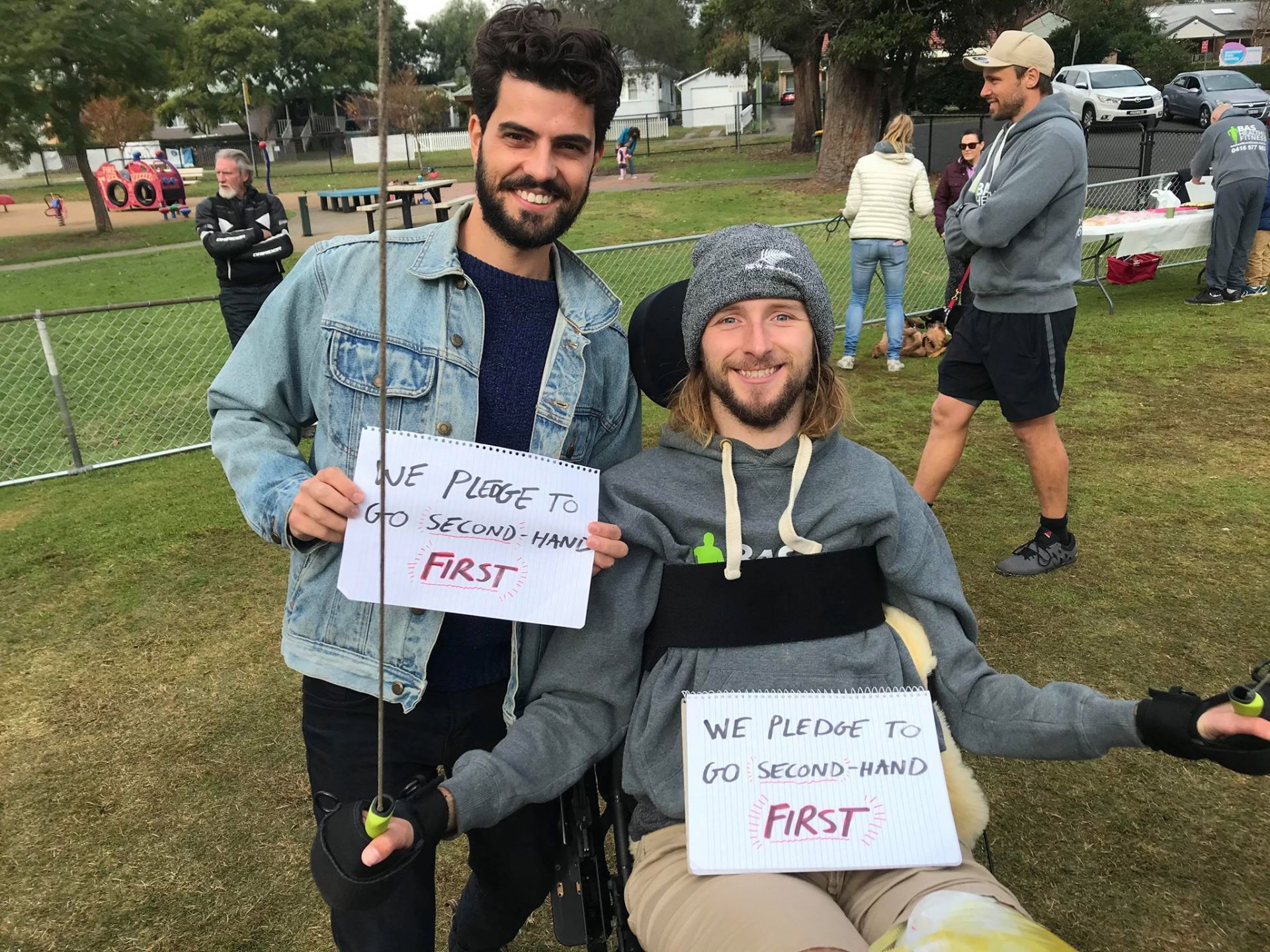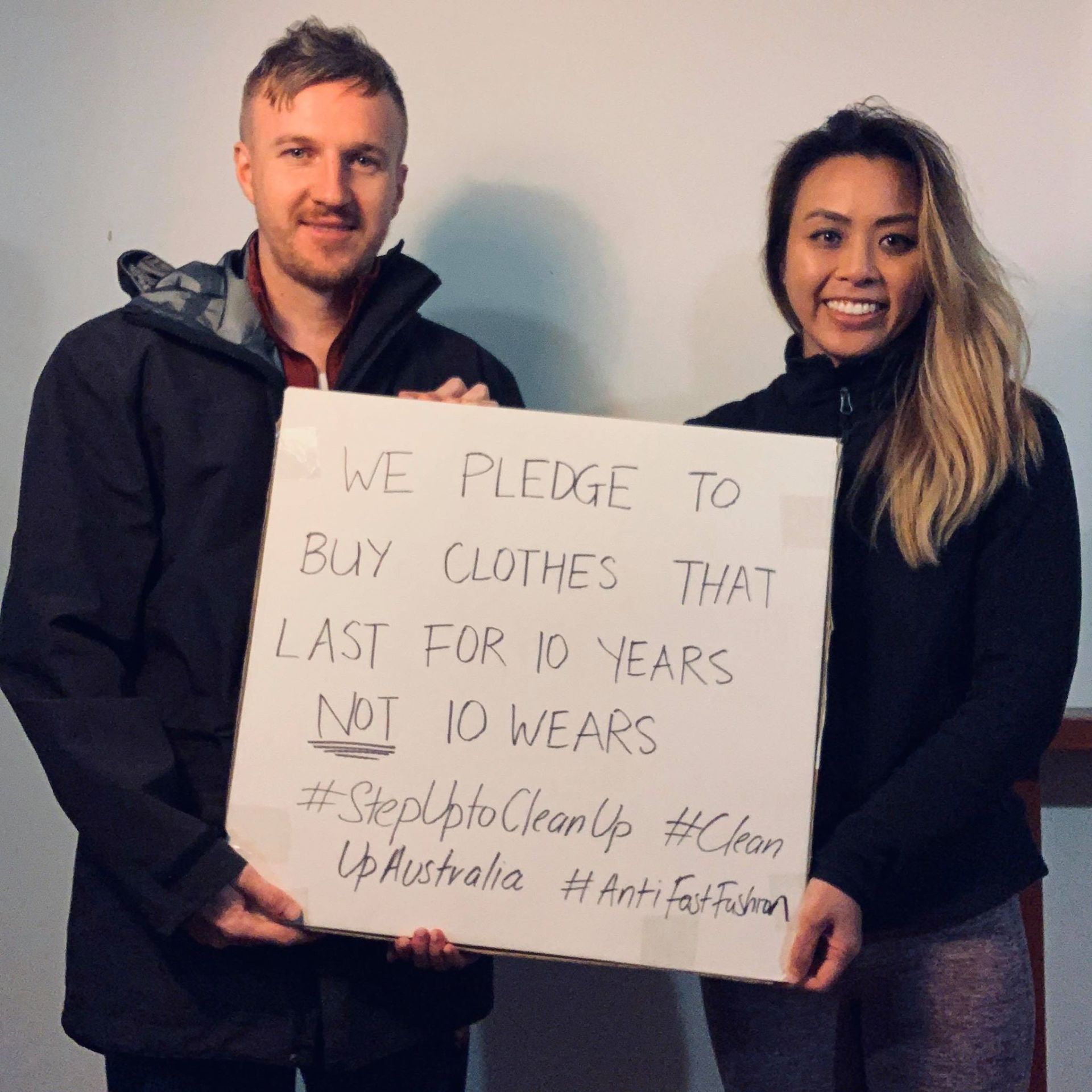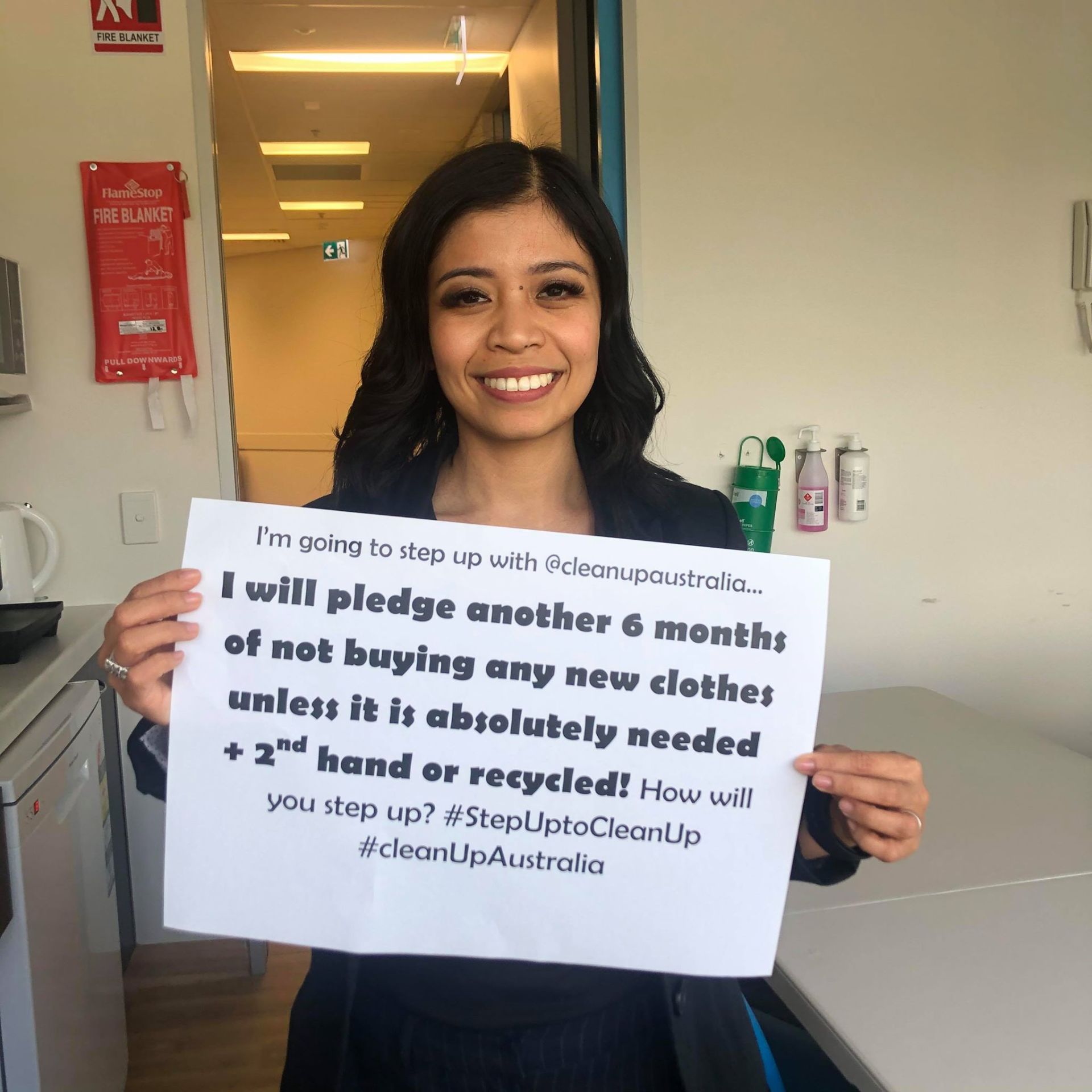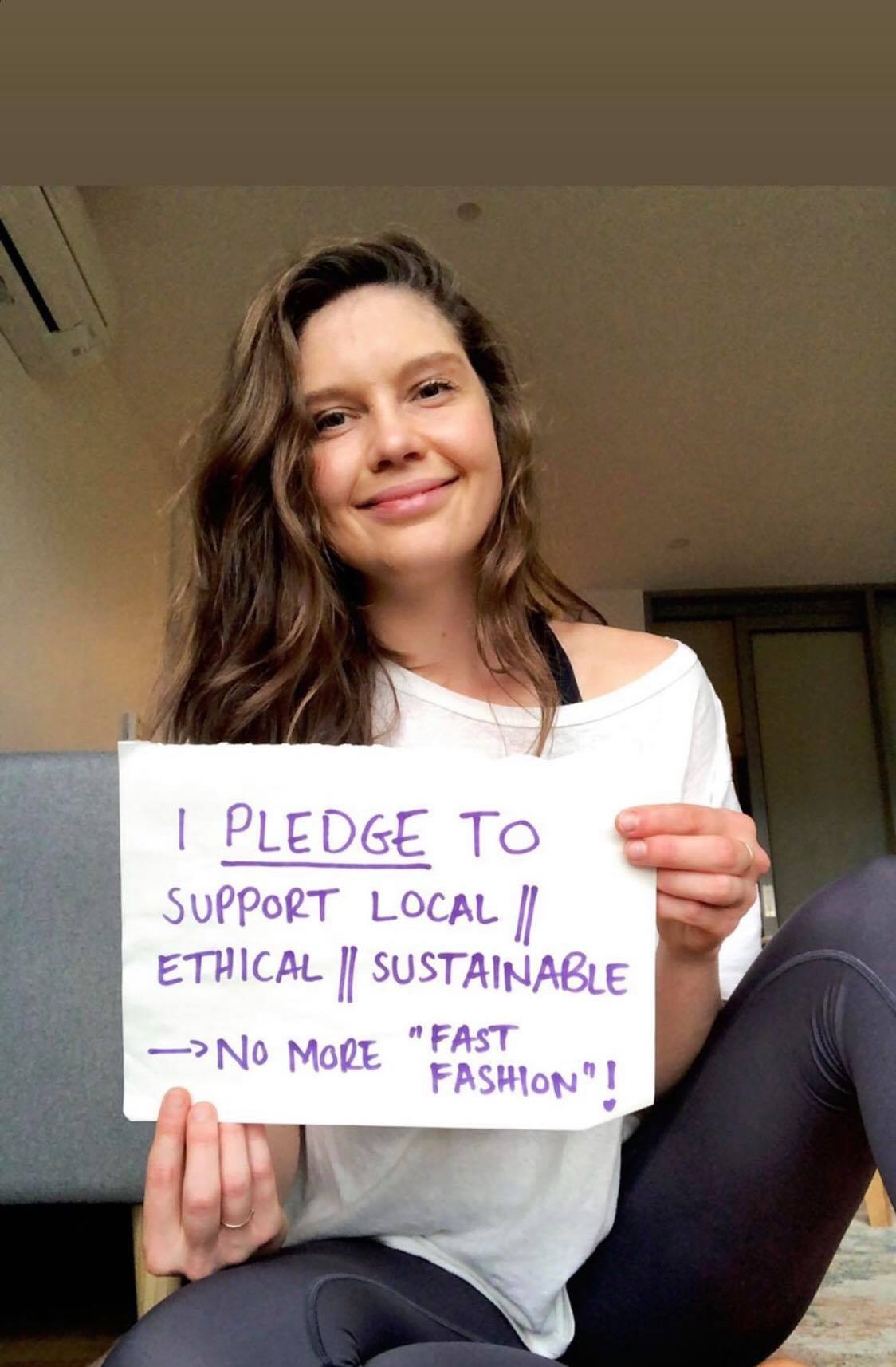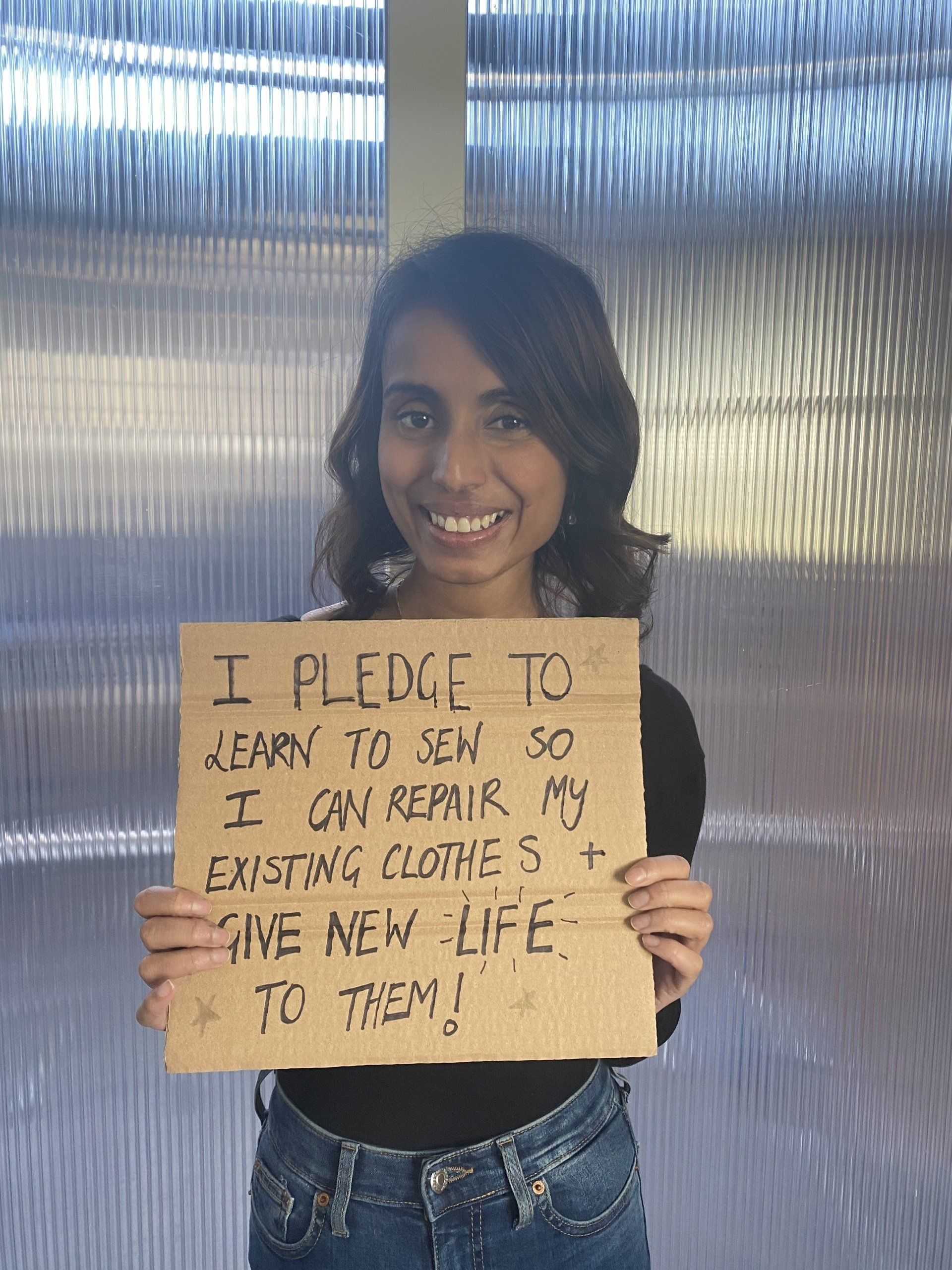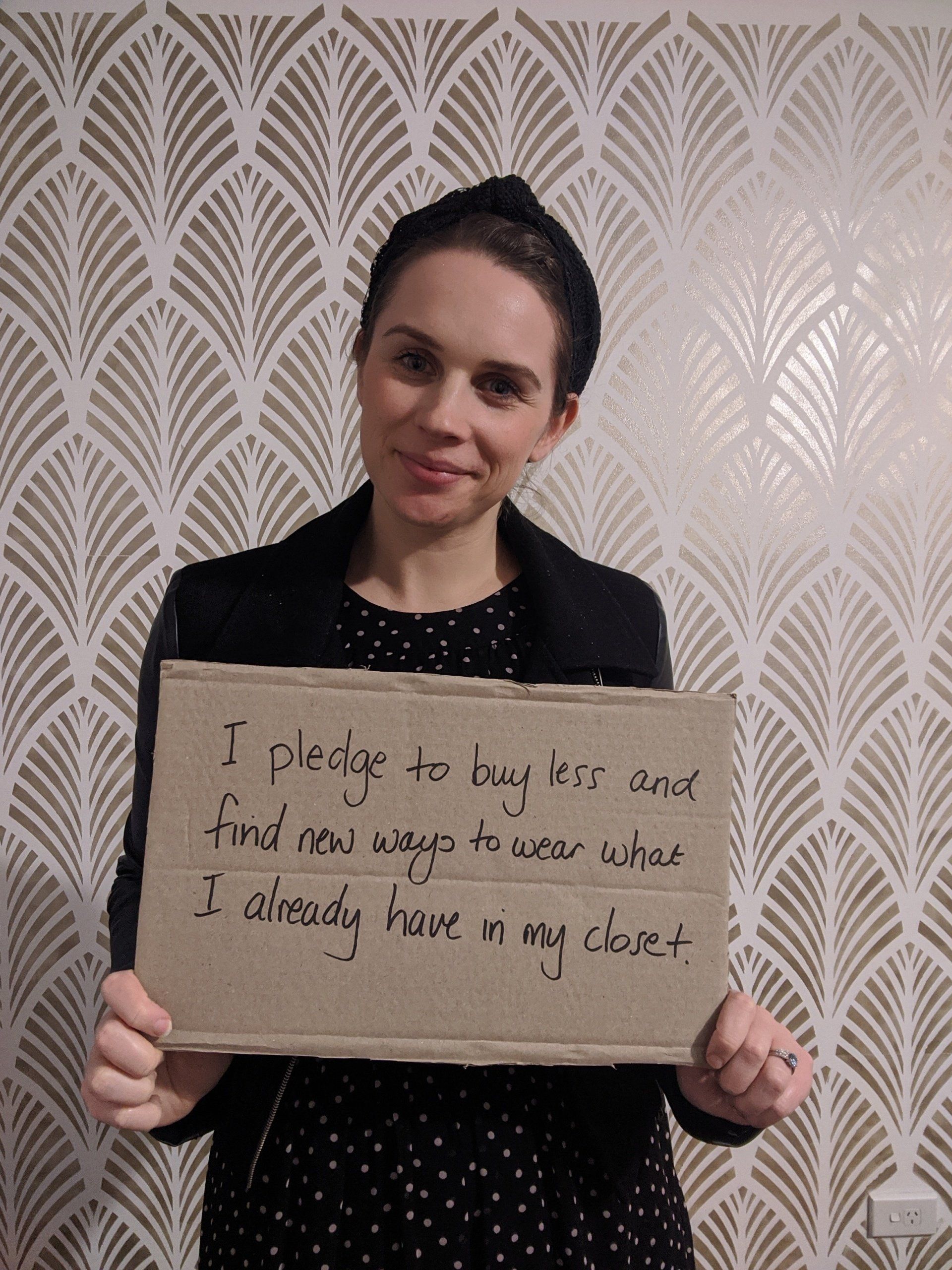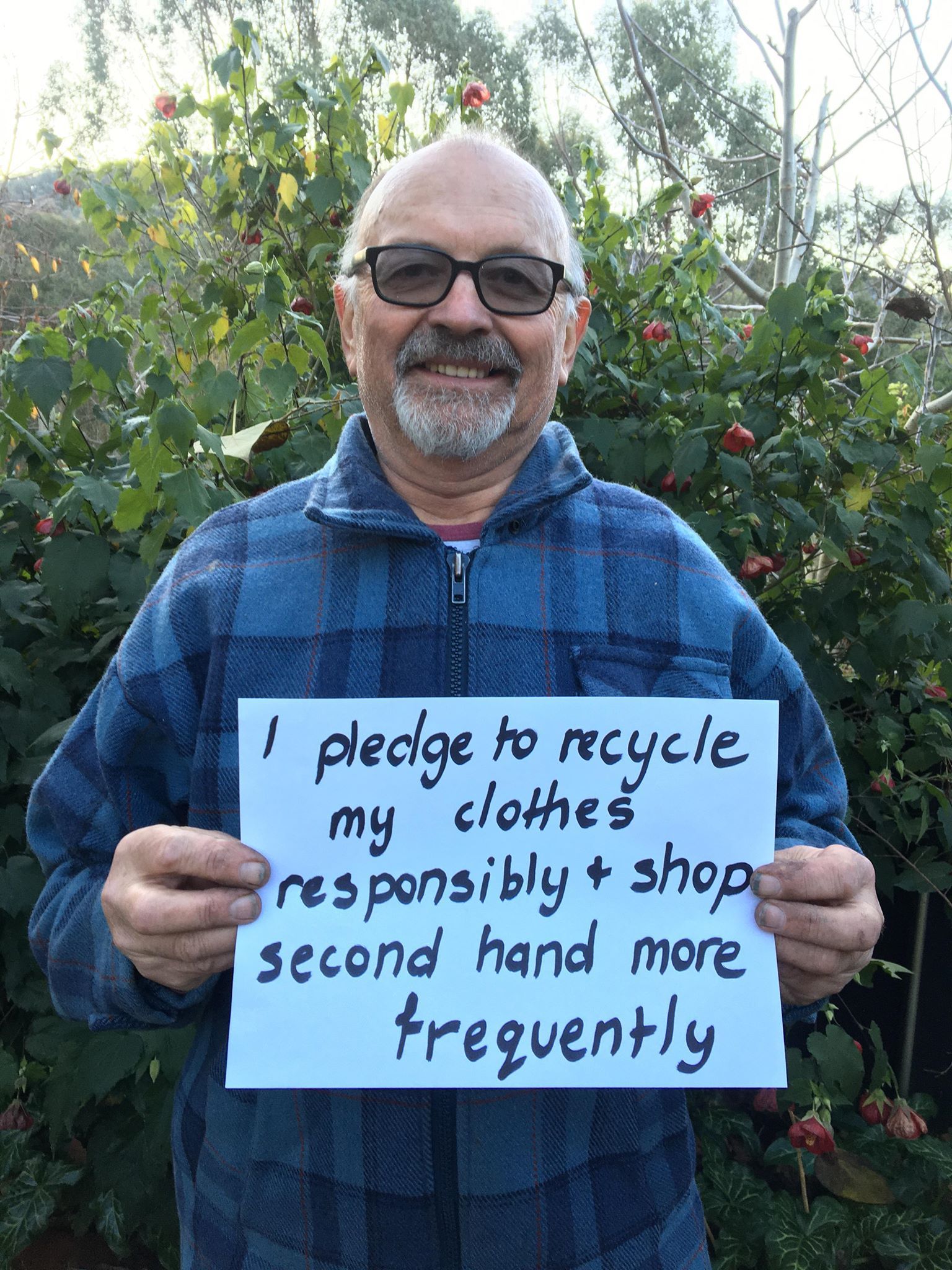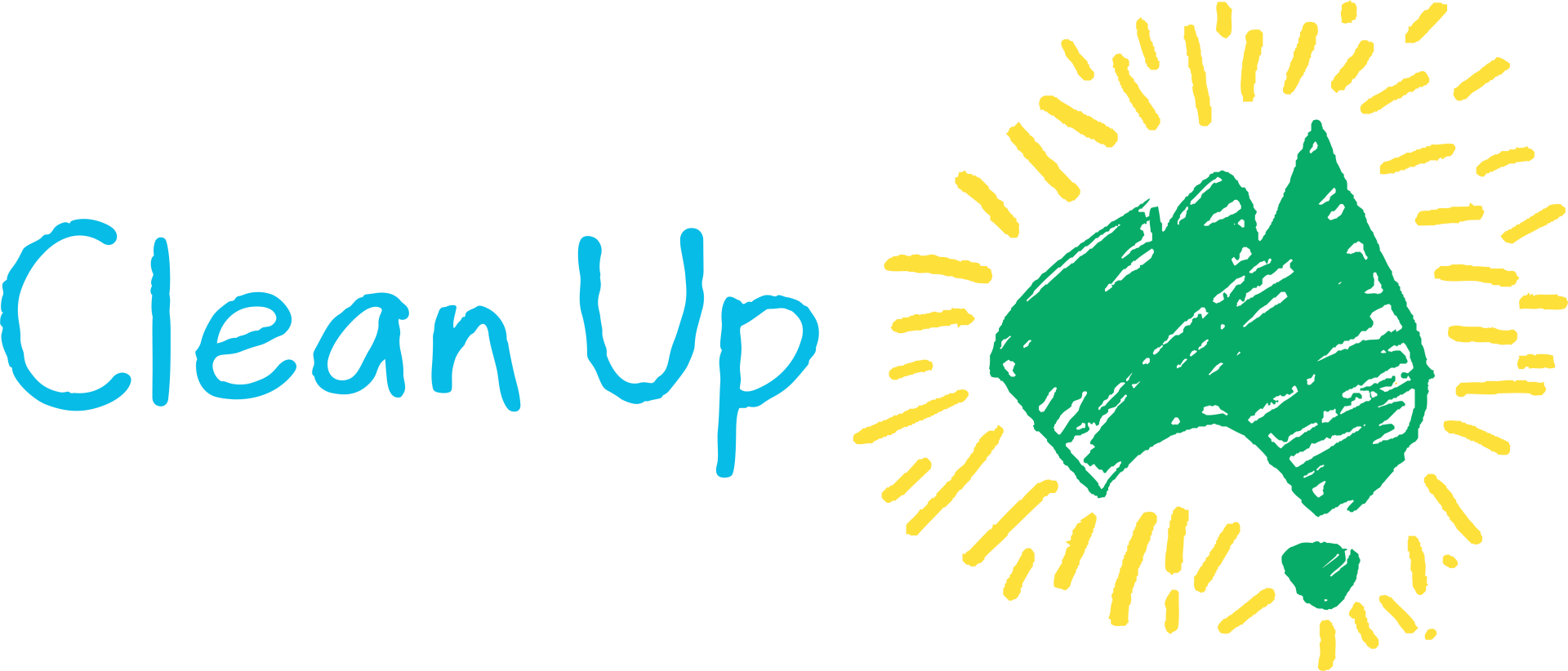A circular economy for toys
Imagine a circular economy for toys – where they are designed to be enjoyed, then reused and recycled, instead of thrown away.
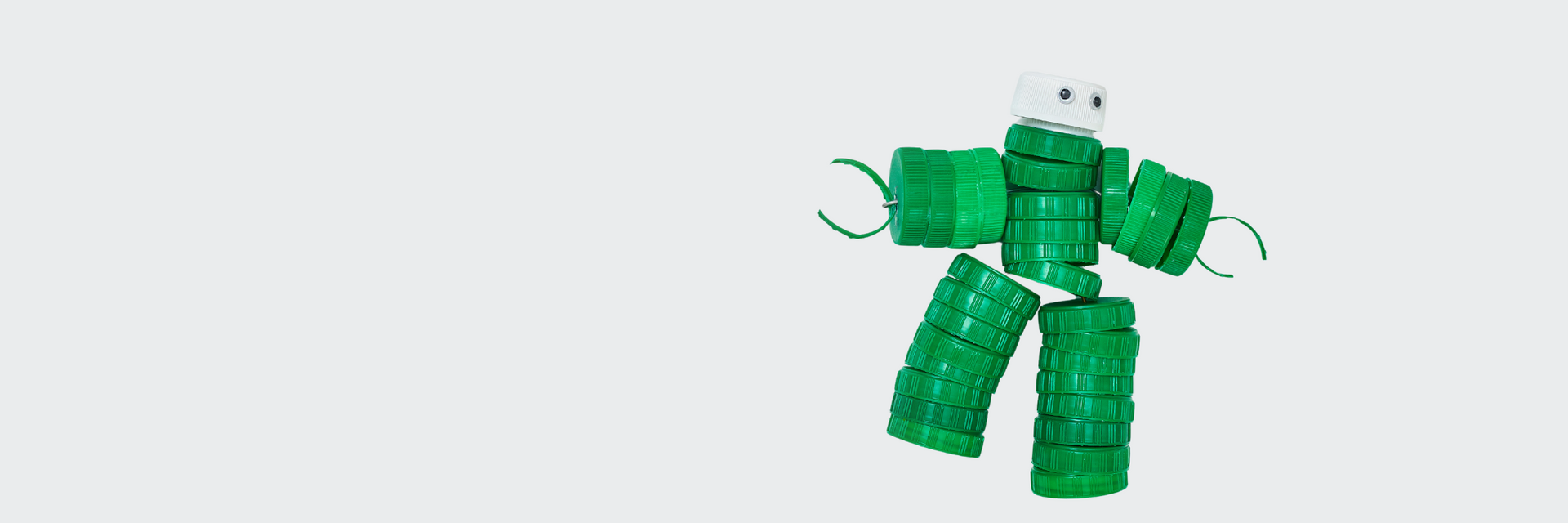
The Australian toy industry is growing and continues to create a lot of landfill waste. According to a recent report by IBISWorld, the annual revenue of the Toy and Game Retailing Industry in Australia was
estimated to be $1.2 billion in 2024.
Toys are the most
plastic intensive consumer goods in the world. They are also inherently difficult to recycle because they are made from mixed materials, including plastic, textiles, metal, batteries, cardboard, paper and wood.
With the support of Sustainability Victoria’s Circular Economy Business Innovation Centre (CEBIC), the Australian Toy Association in 2022 conducted research on toy material flows in the Australian market. This research found that one in two toys were either sent to landfill or dropped-off for recycling within a 12-month period.
The research also found that many parents with children aged from birth to 14 years had engaged in eco-friendly and reuse behaviours with toys. Of the 750 survey participants,
- 86% had already donated one of their children’s toys;
- 69% had bought second-hand toys at least once;
- 57% had bought eco-labelled toys at least once; and
- 54% had borrowed toys for their children.
This blog explores some eco-friendly ideas for contributing to a circular economy for toys.
BUY HIGH-QUALITY, LONG PLAY TOYS
Toys which are designed for longevity are key. Australian Toy Association’s Executive Manager Alice Sanderson said, “We recommend toys that are not only high quality but also create long play, so [for example, a] product that isn’t a one-time use but encourages multiple uses.”
She said this includes toys like building blocks and construction toys, pretend play sets, arts and crafts supplies, puzzles and brain teasers, board games, outdoor toys, stem toys, books and storytelling toys and modular playsets.
“We support the reuse of toys by encouraging consumers to buy high quality toys from recognised brands, as these are more likely to be passed on for reuse by family members, friends, or through community services,” Sanderson said.
BORROW OR RENT HIGH-QUALITY TOYS
Rather than buying high-quality toys, another option is to borrow them from toy libraries or rent them. For example, Green Leaf is an Australia-wide rental service for baby and toddler toys. Green Leaf’s Founder, Larissa Tedesco, said that renting toys is a more sustainable option because it allows families to give their children a diverse range of high-quality toys on rotation.
“This helps reduce waste, saves money and avoids adding to the everyday clutter,” Tedesco said.
“We believe we are playing a pivotal role in the circular toy economy in Australia by promoting reuse and by choosing toys that last a long time. Through our service, we extend the life cycle of each toy, reducing the demand for new products and the resources required to produce them.”
The toys offered by Green Leaf are made from sustainable materials such as wood and natural fibres, and their toy range is 99% plastic-free.
BUY, GIVE AND SWAP SECOND-HAND TOYS
High-quality toys can be used and reused by many families. Tap into second-hand marketplaces, like Facebook Marketplace or Gumtree, or check your local area for charities that stock toys, or for local toy swap events. Joy of Giving is one example of a community organisation which hosts toy-swapping events in NSW.
Joy of Giving’s Director Jacky Lo said that Joy of Giving’s mission is to prevent toys from ending up in landfill and to bring joy to children. “We achieve this by empowering children to understand the concept of reuse through the lens of toys. Our toy swap events and engaging activities are designed to make learning about sustainability enjoyable and impactful,” Lo said.
REPAIR BROKEN TOYS OR REPLACE MISSING PARTS
To keep toys circulating in the community instead of going directly to landfill waste, repairing toys may be a viable option. Try searching for reputable, trusted toy repairers in your local area. If you have toys with missing pieces, you could consider replacing them with new pieces before passing on the toy.
For example, Lego Australia offers individual pieces to replace missing or broken pieces. If you’ve lost the toy’s instructions, you could consider searching for the instructions online and printing a copy of them. There are some great overseas initiatives for fixing broken toys, such as Toy Rescue, which provides 3D printing instructions for missing parts of some popular toys.
RECYCLE TOYS AT END-OF-LIFE
Toys which have reached their end-of-life can sometimes be recycled through recycling programs like Big W’s Toys for Joy, which was launched in partnership with TerraCycle in 2021. For more information about recycling toys, see this previous blog.
Alice Sanderson from Australian Toy Association said there are many challenges in recycling mixed material products such as toys. “Government support and regulation is essential to achieve good outcomes,” Sanderson said.
“Unfortunately, this is complicated by the many levels of government that are involved in the process, from the councils that manage the curb side pick-up, all the way up to federal legislation.
“It is important that outcomes are prioritized over politics and that a co-ordinated approach be put in place that makes it easy for consumers to recycle, e.g., by increased curb side pick-up and support for nationally consistent material recovery services.”
ASK FOR IMPROVEMENTS IN TOY DESIGN
Many toys are simply not well-made and require better design to ensure longevity in a circular economy. There are also opportunities for improvements to be made in material selection for toys. For example, Lego has announced it plans to make half the plastic in its bricks from renewable or recycled material by 2026.
Sanderson said that different manufacturing and retailing members of Australian Toy Association are conducting their own research on toy materials – for example, to identify more environmentally sustainable plastics.
“However, we believe that an internationally aligned approach will be required to achieve significant benefit, and this may again need the agreement and intervention [of] governments,” Sanderson added.
Achieving a circular economy for toys is a step in the right direction for the future generation.
Dani Smith is a Freelance Writer & Consumer Insights Consultant and mother of two. She's curious about finding ways to reduce waste at home.
Search for other blog topics:
